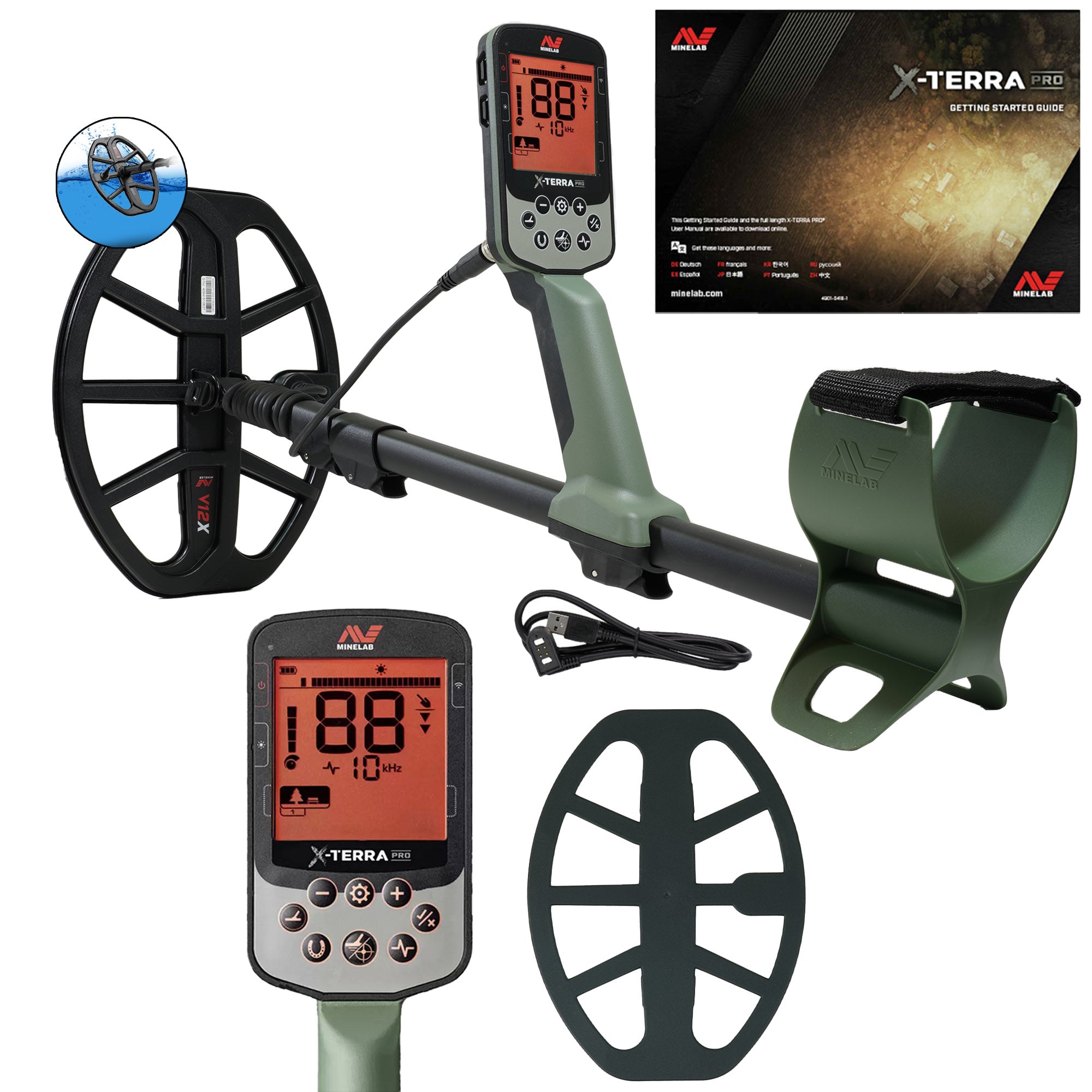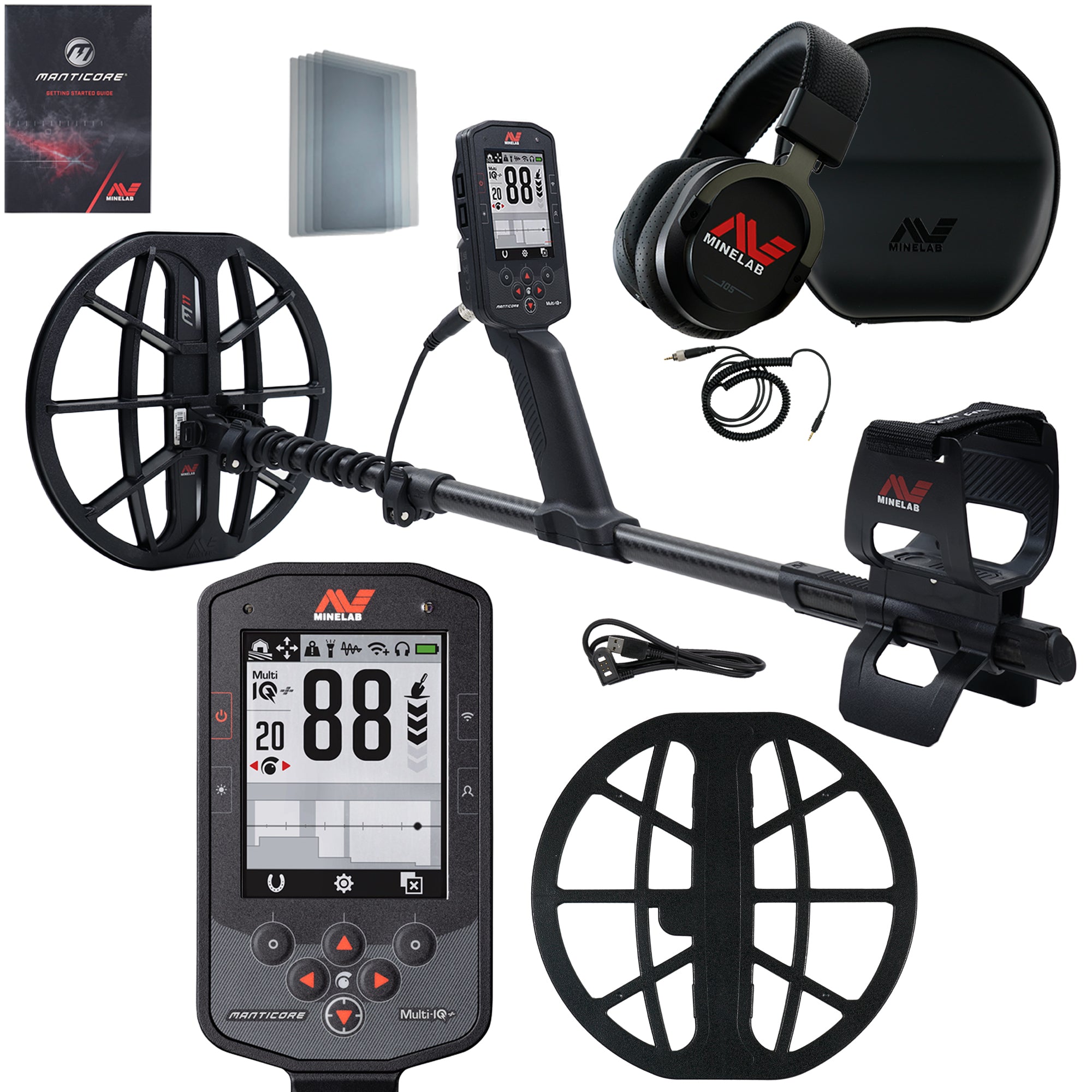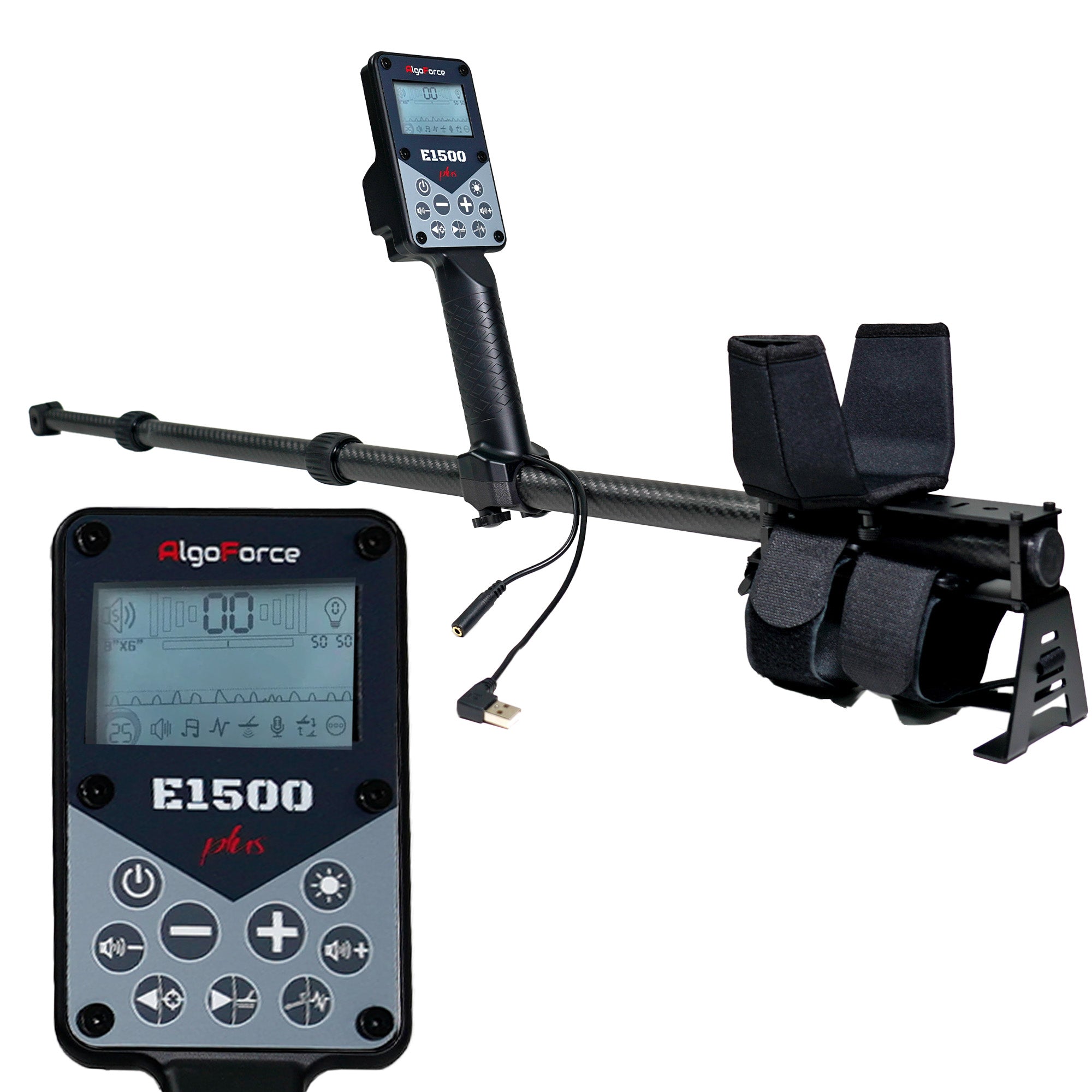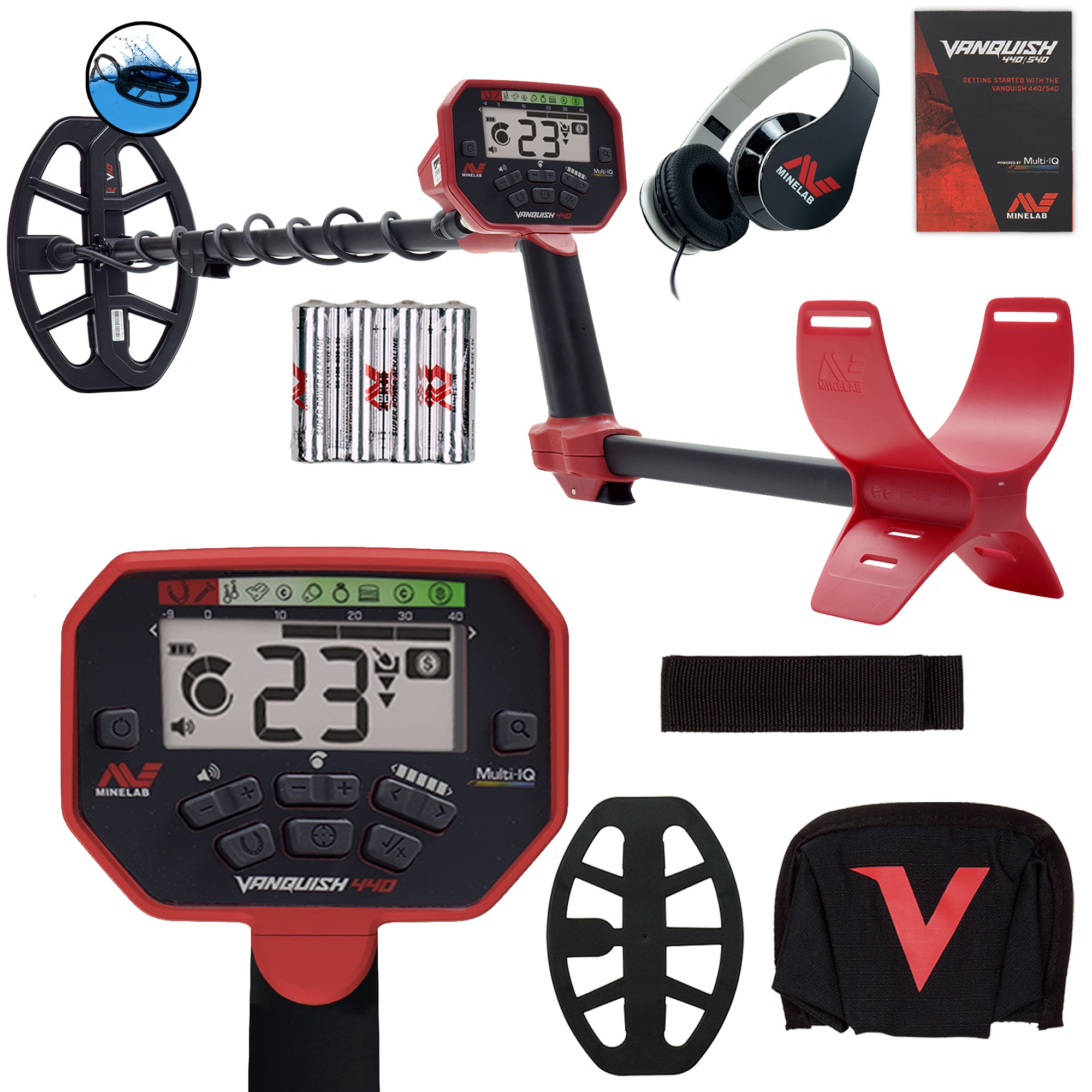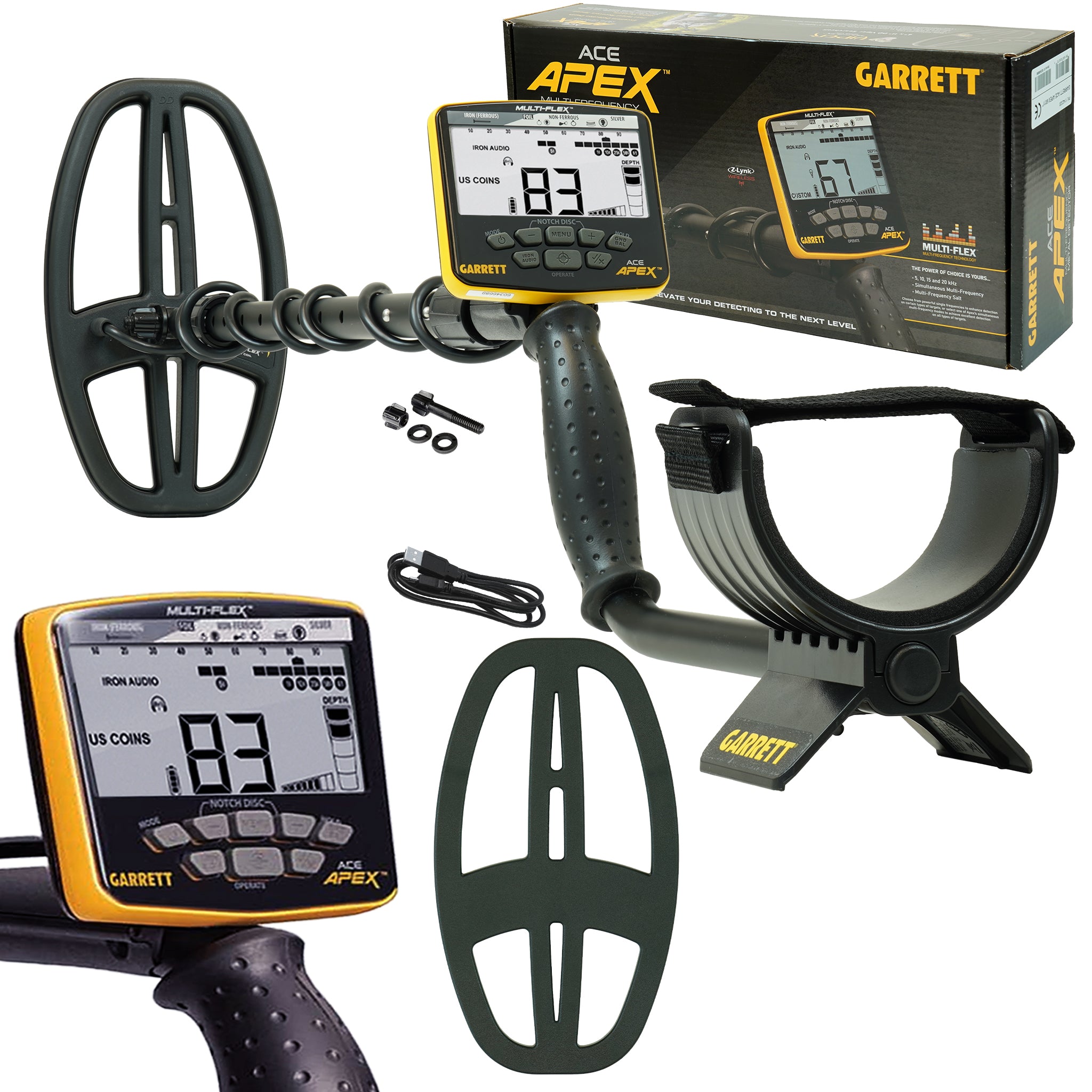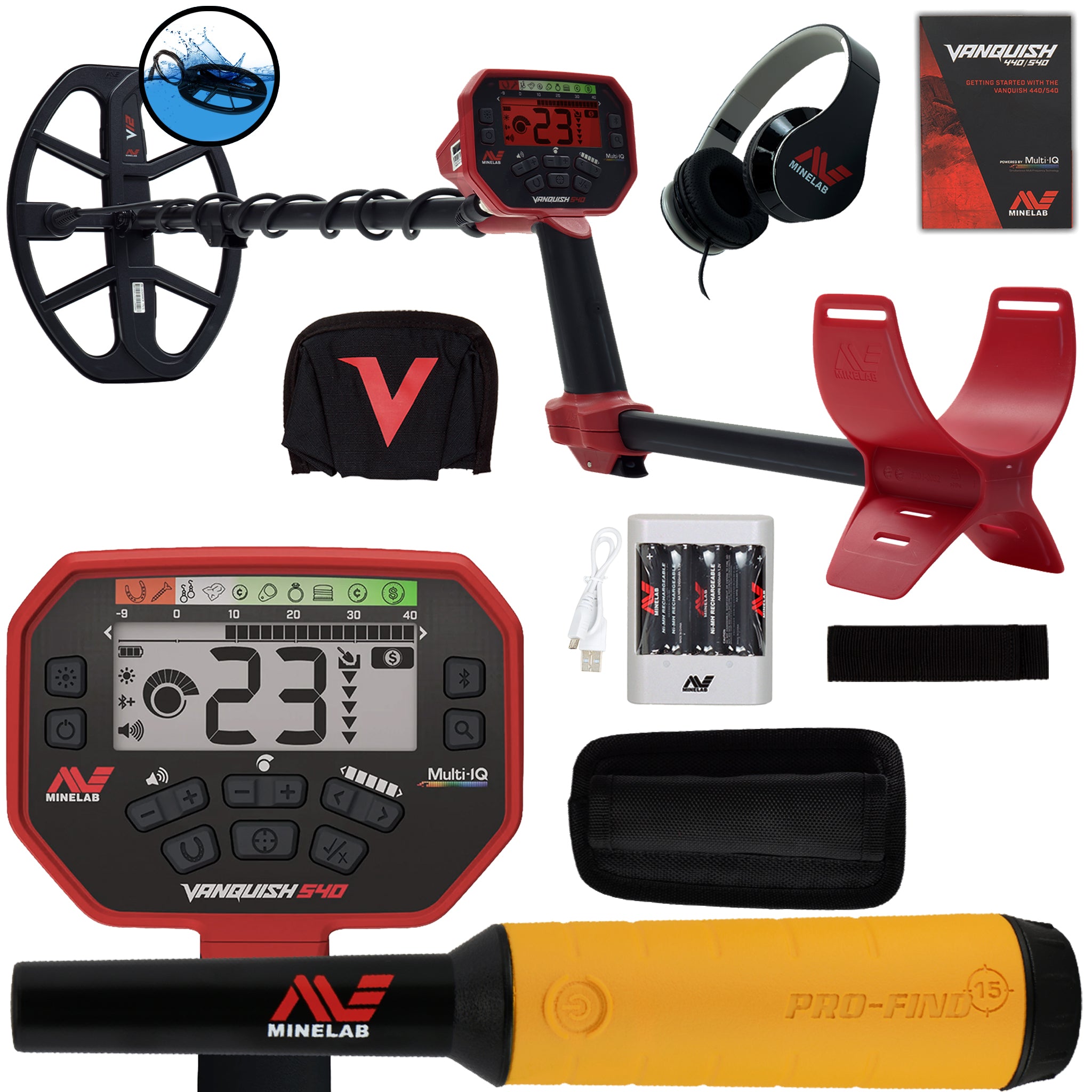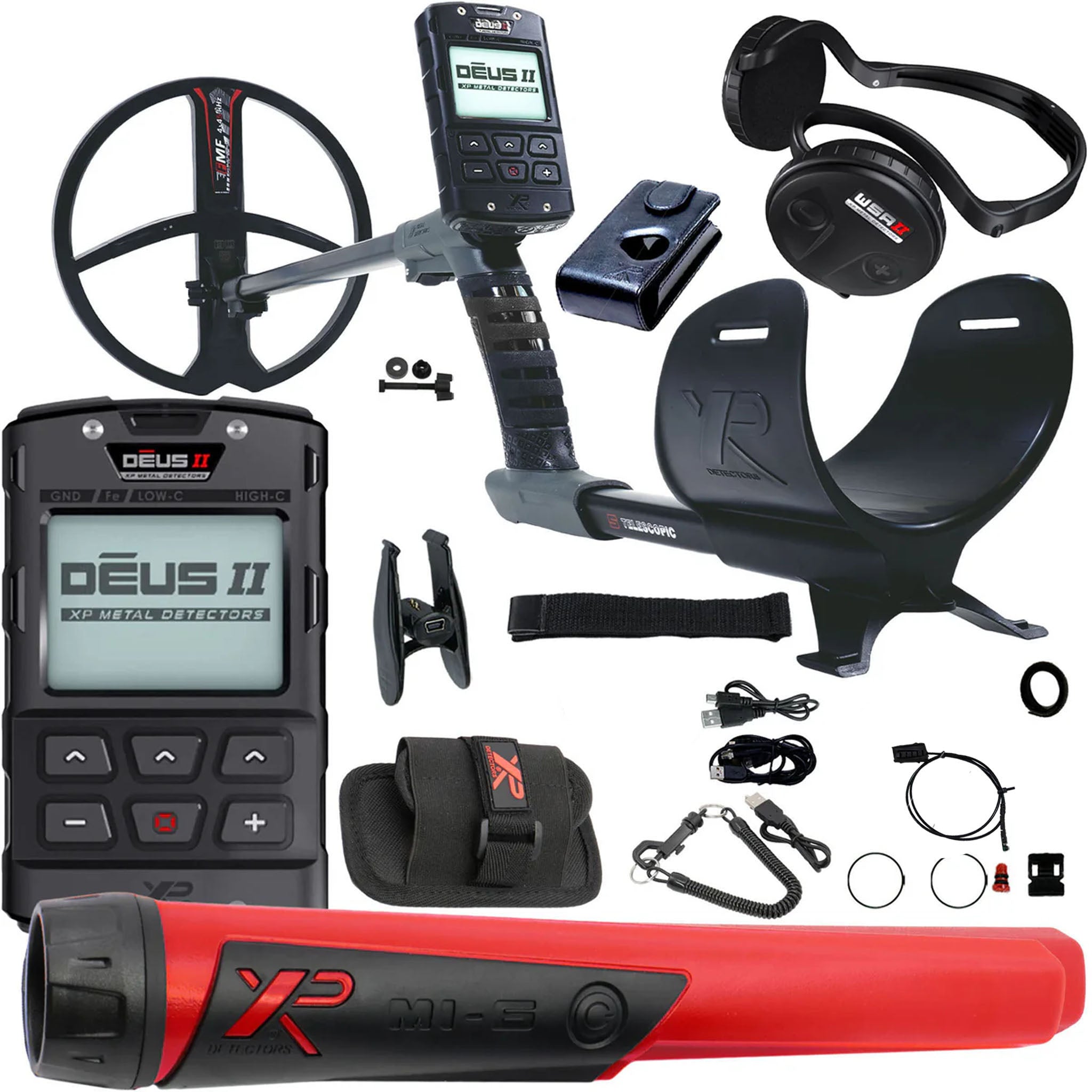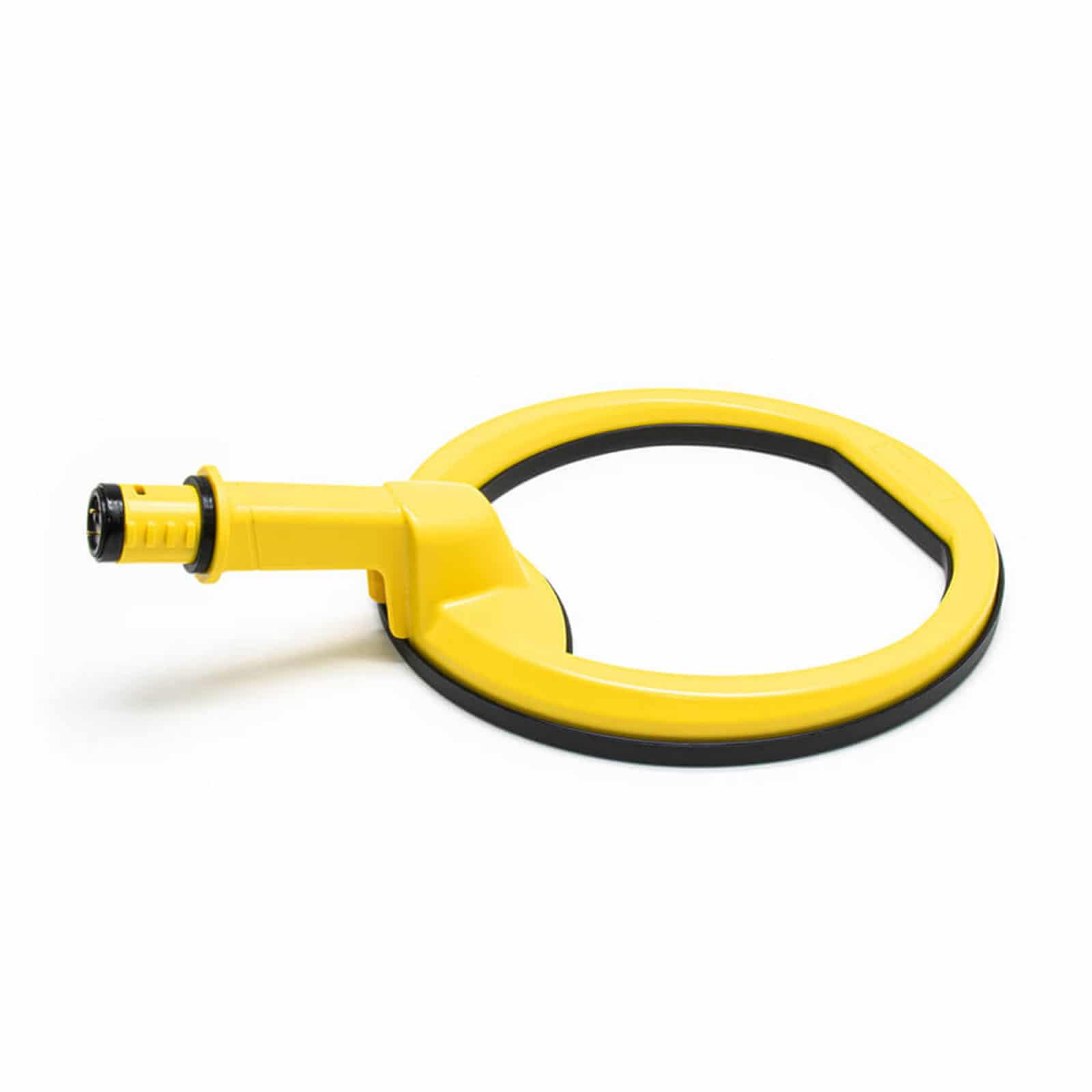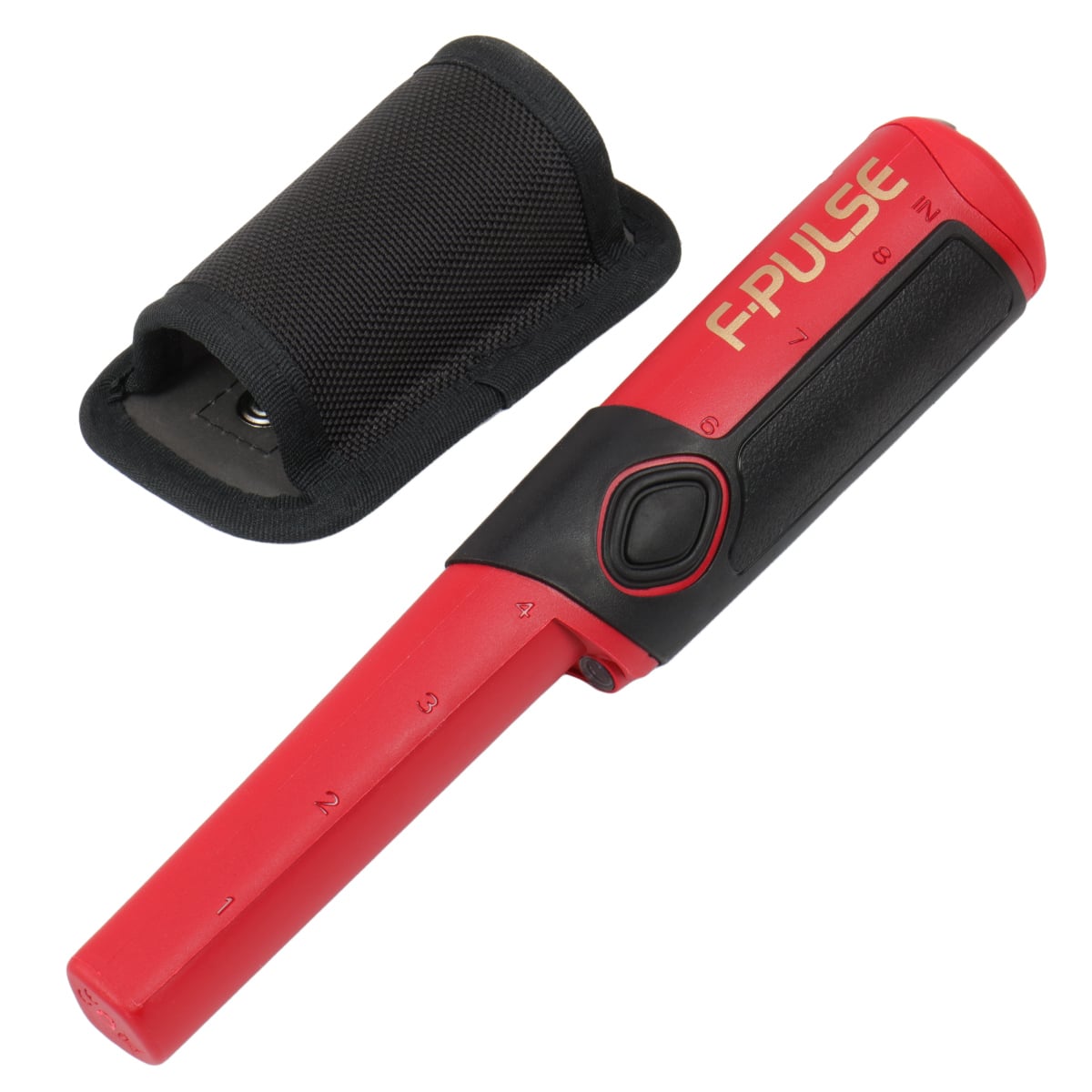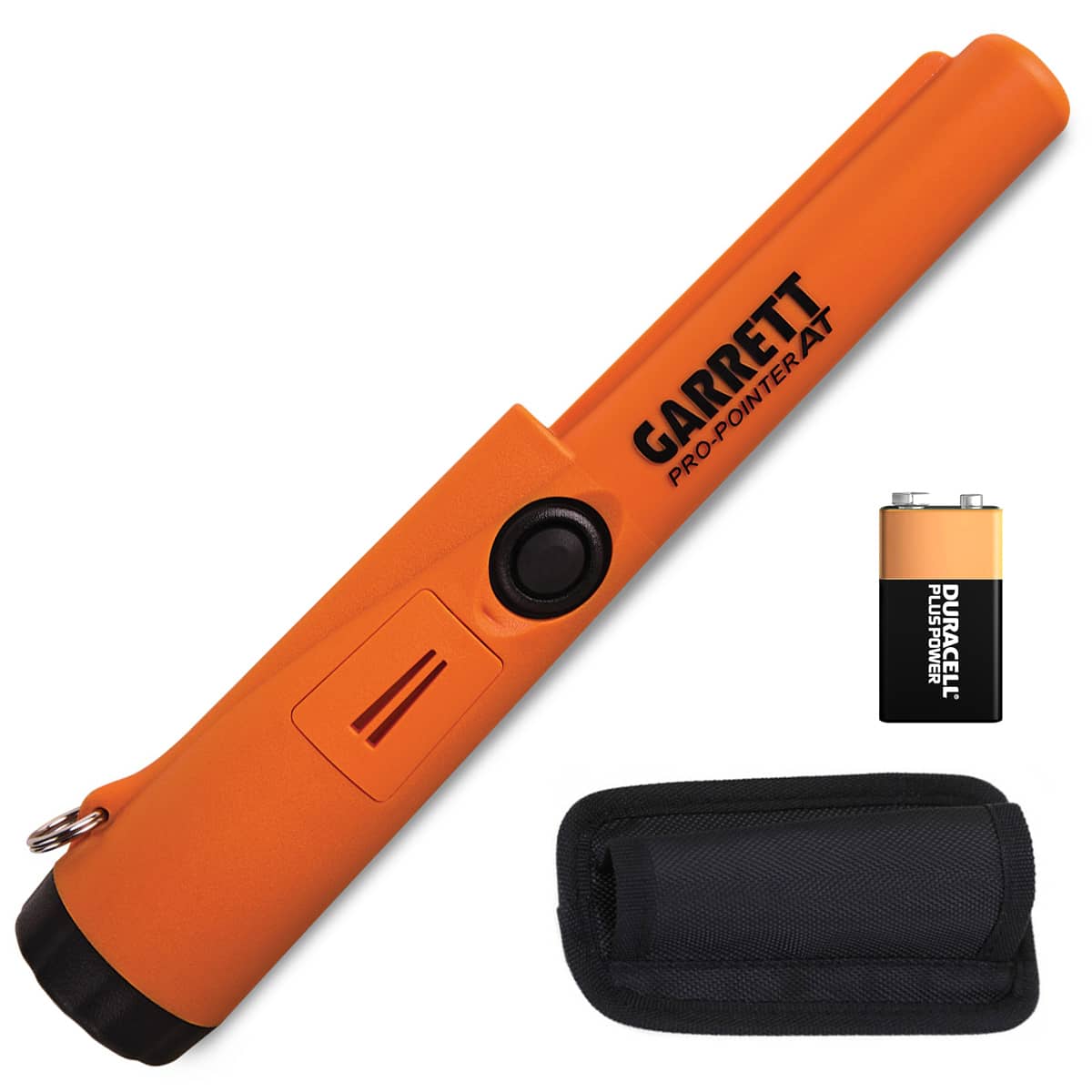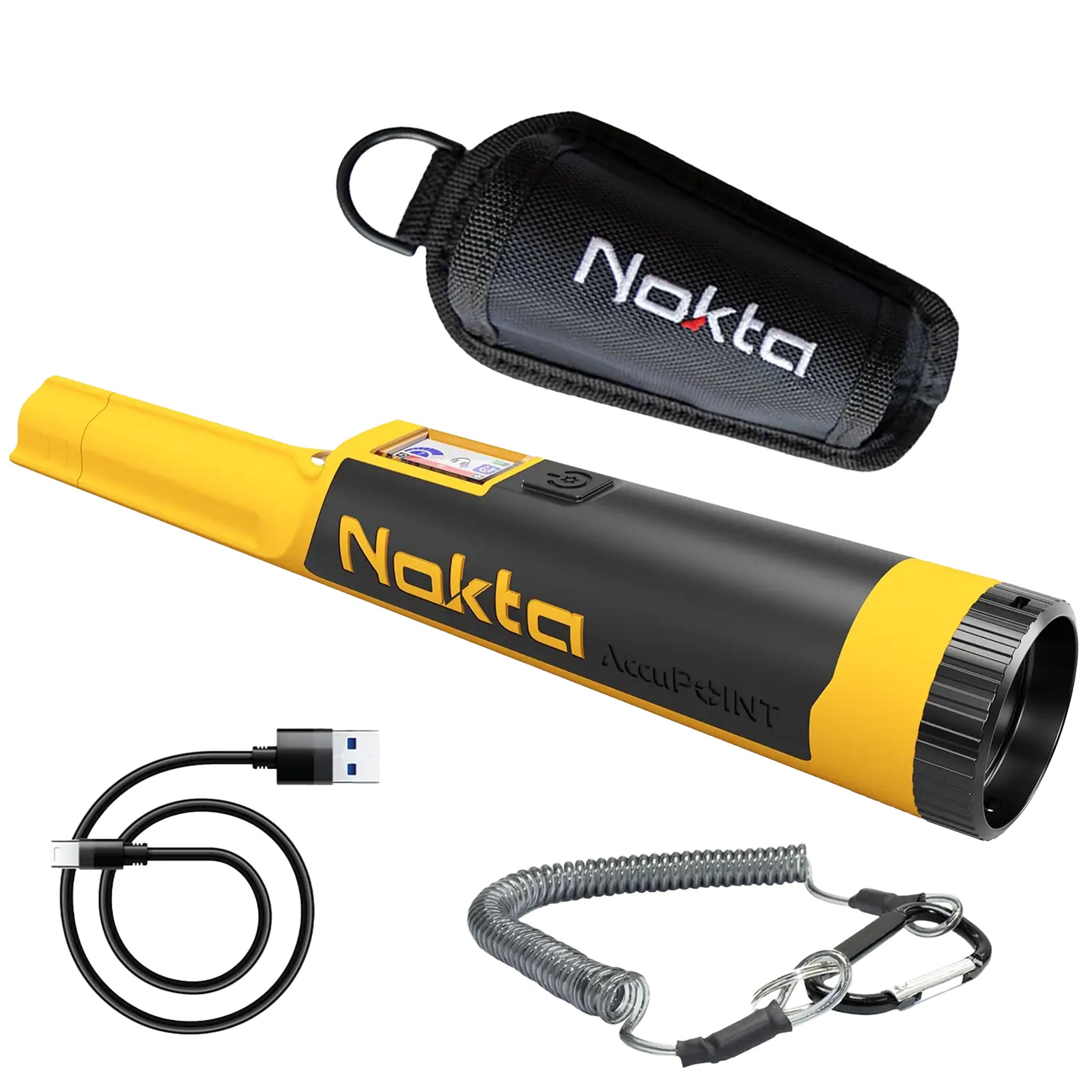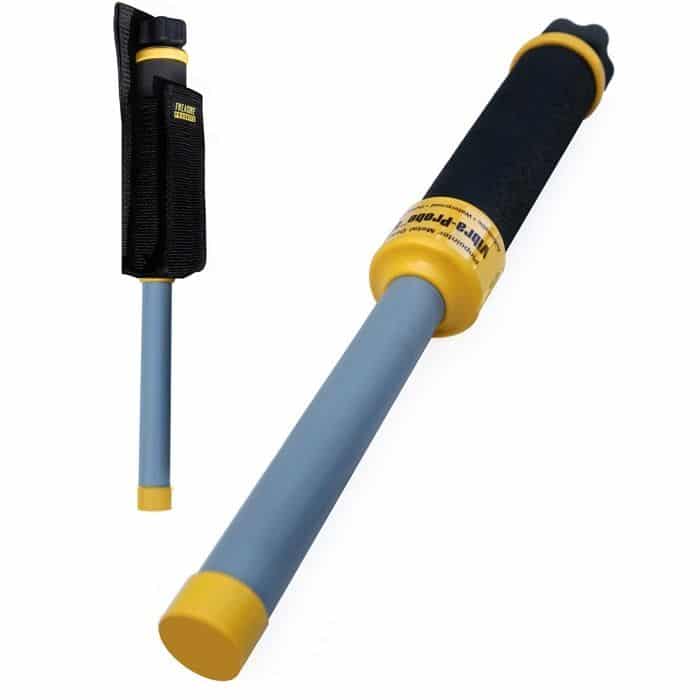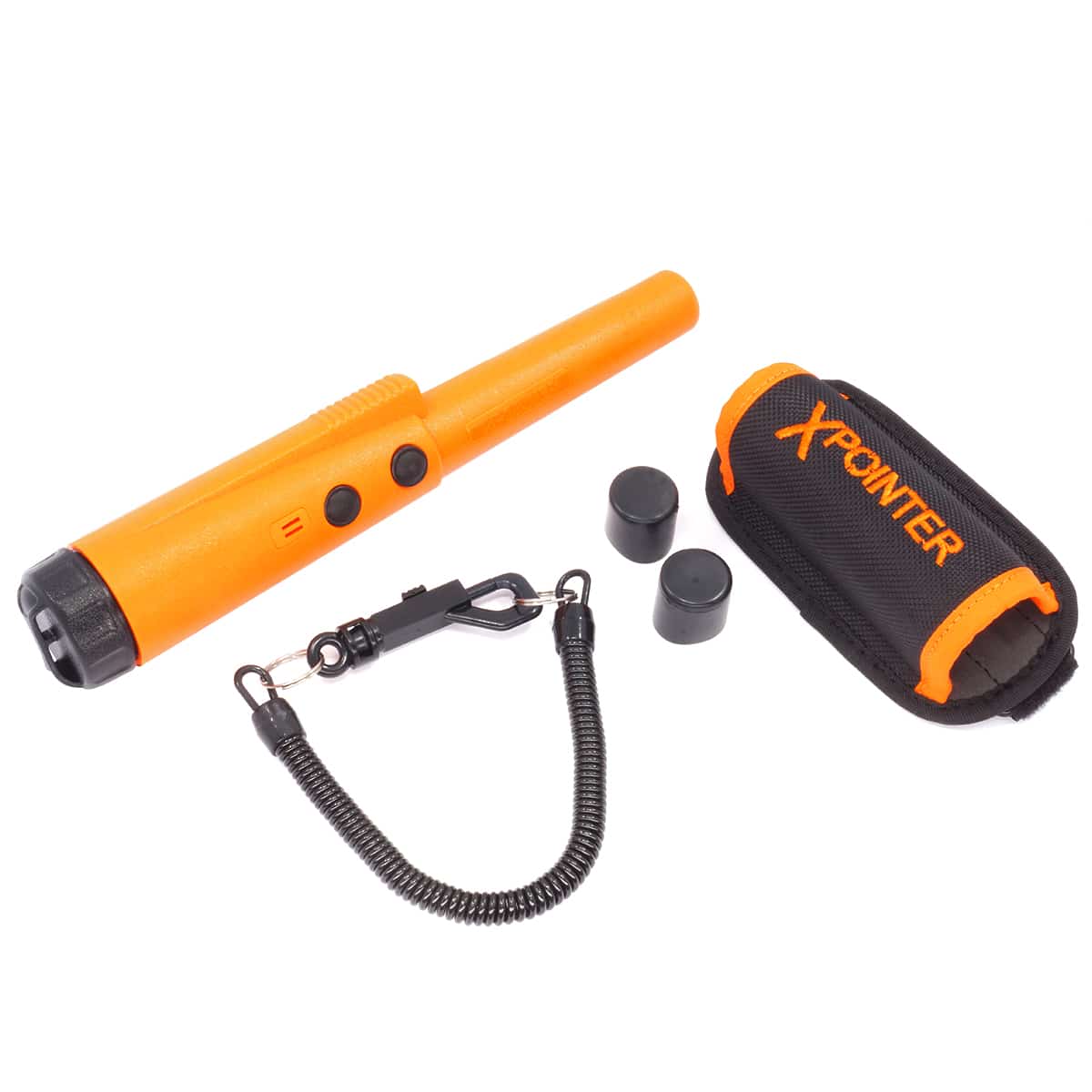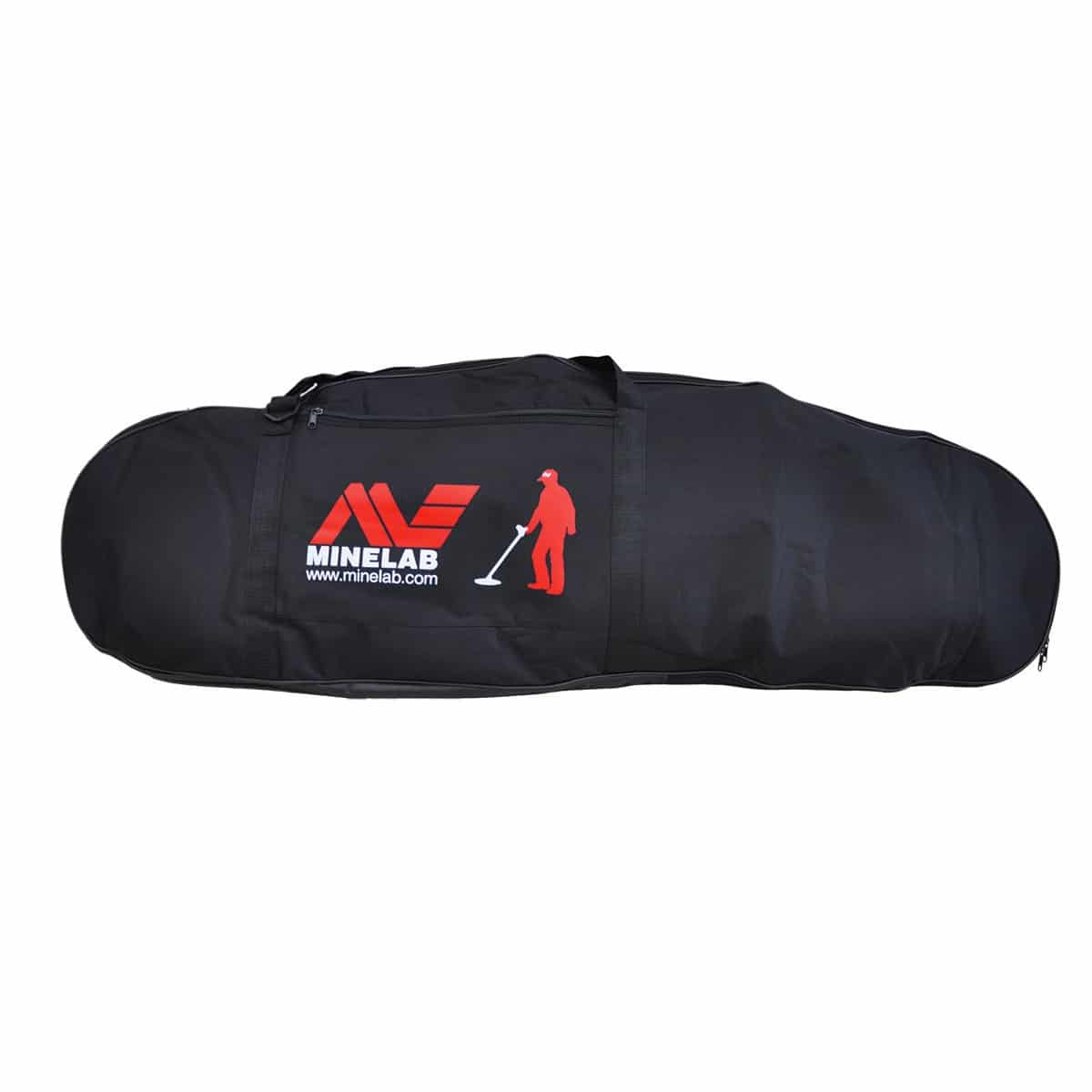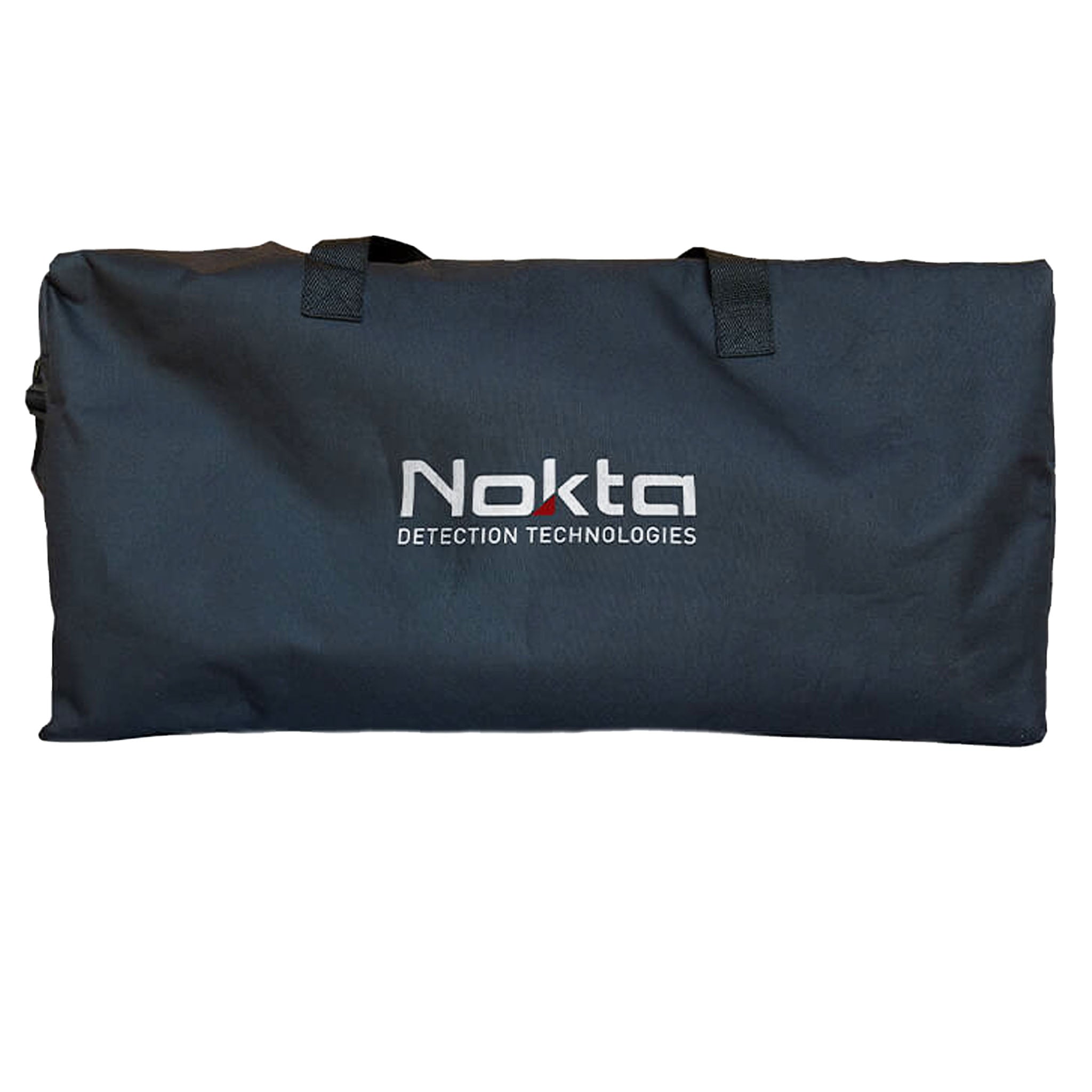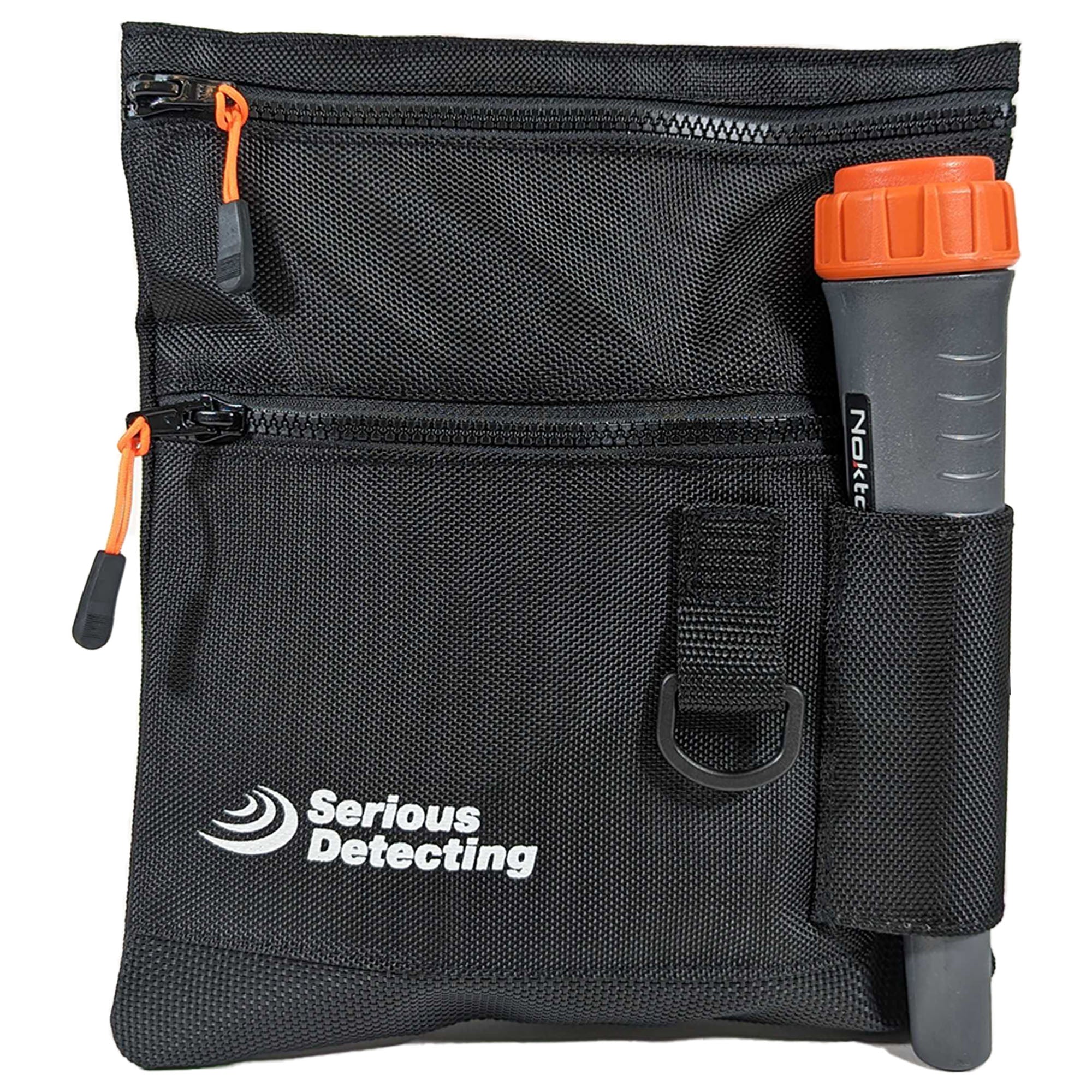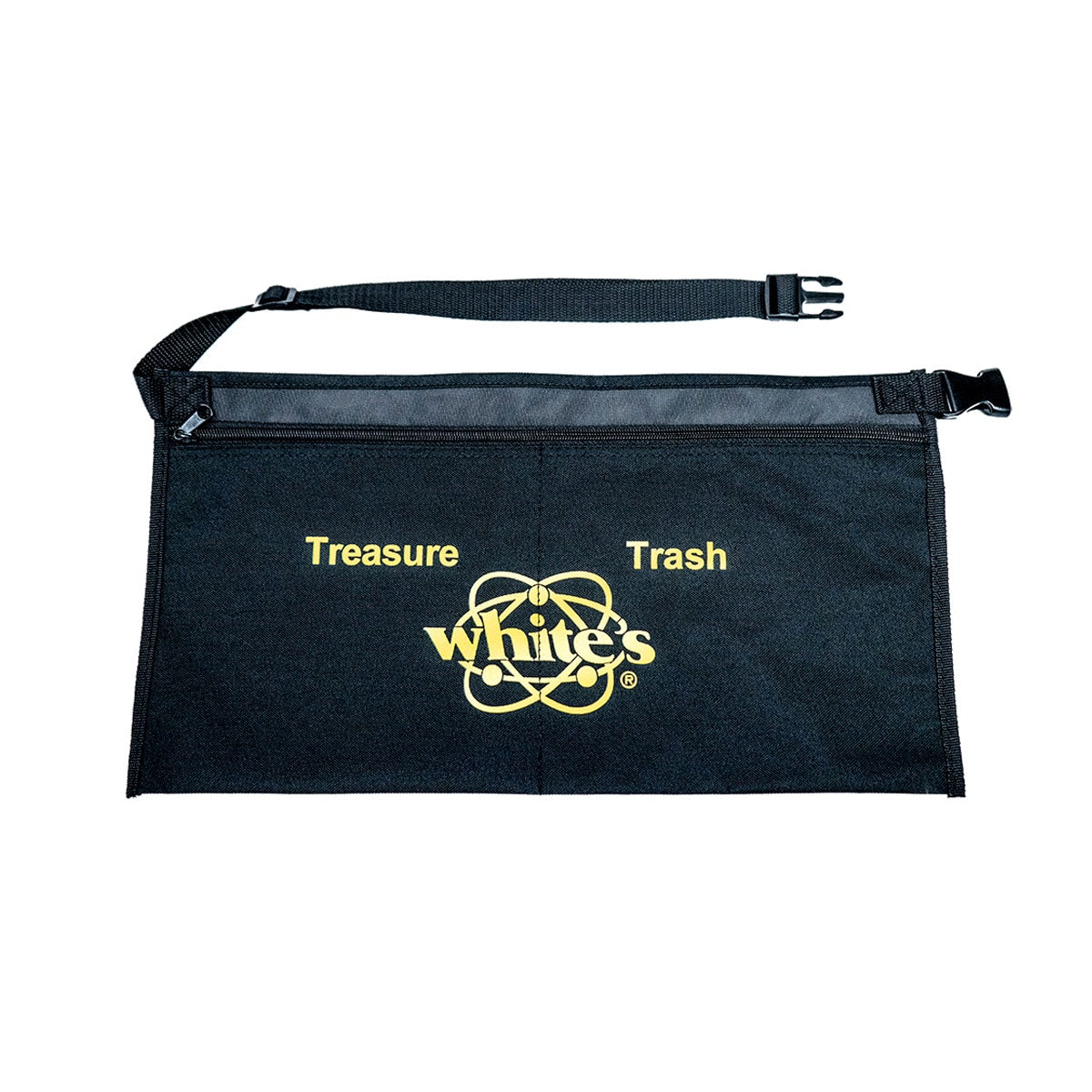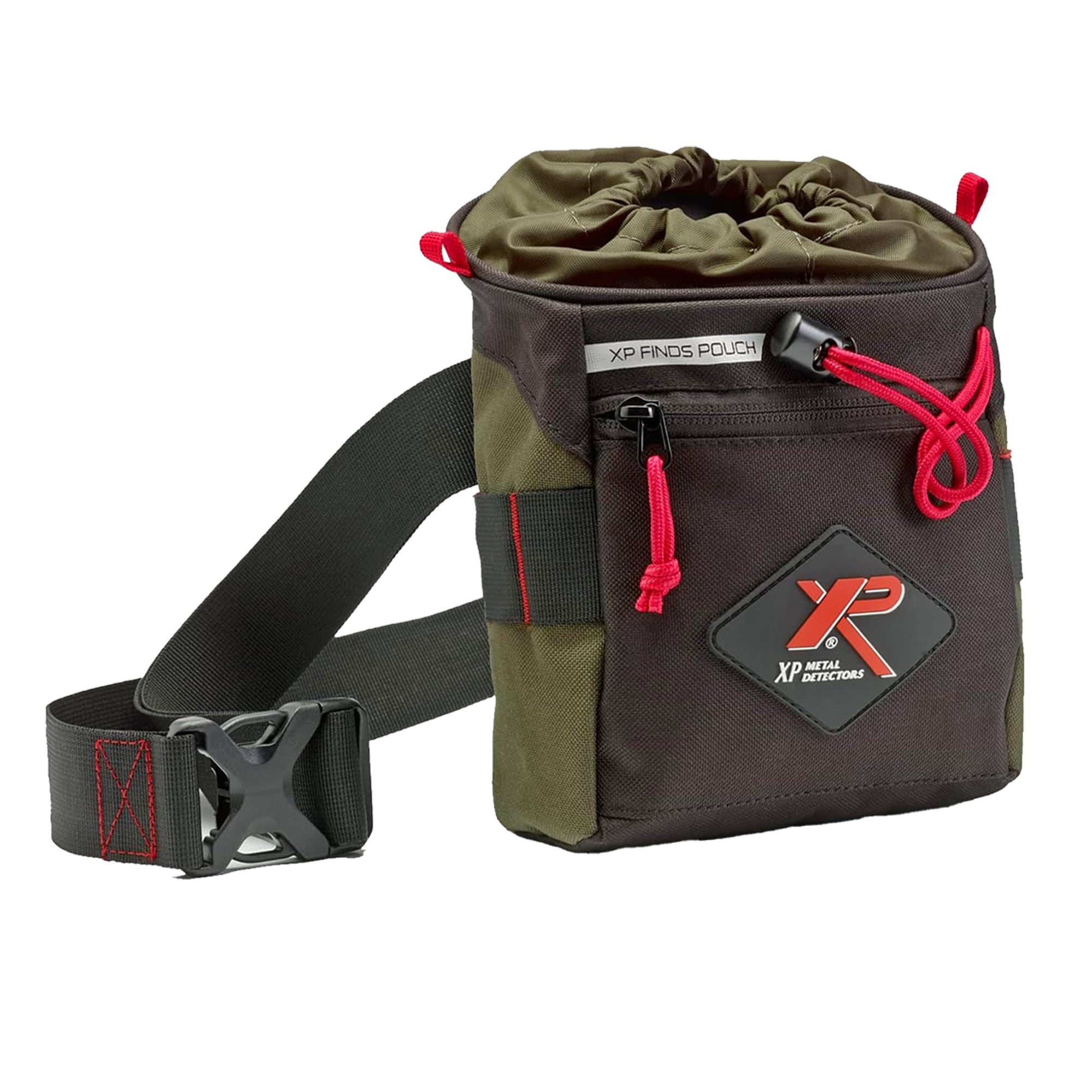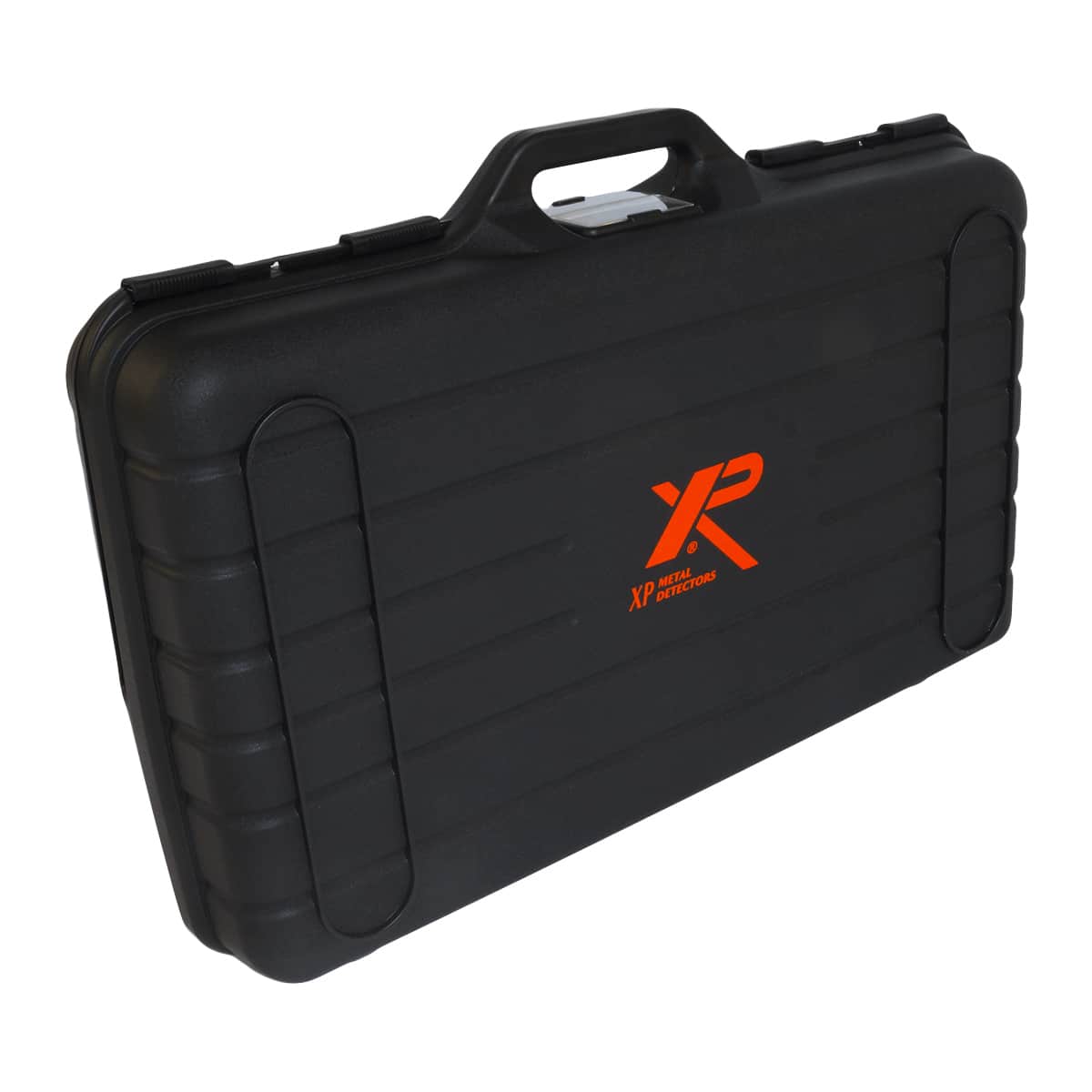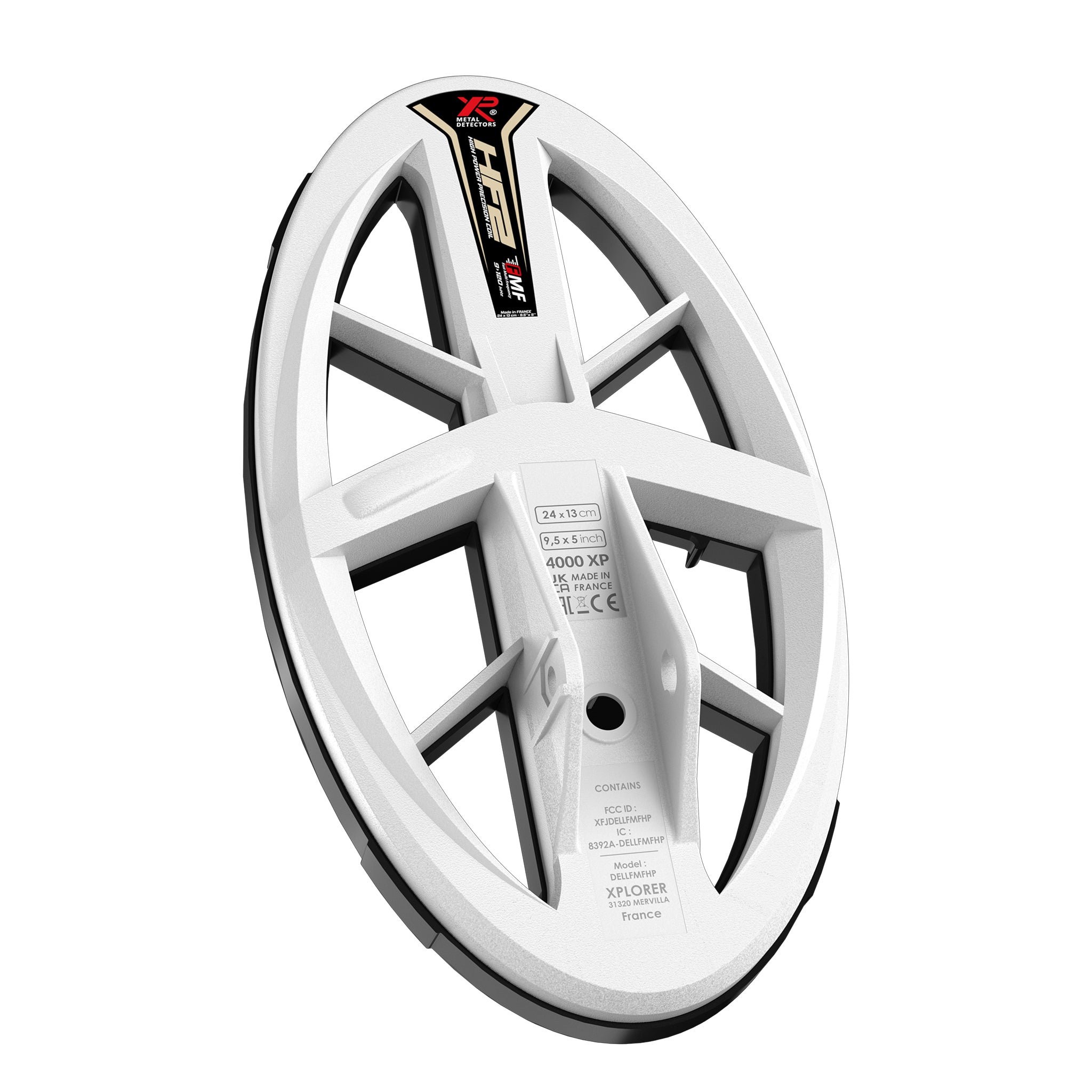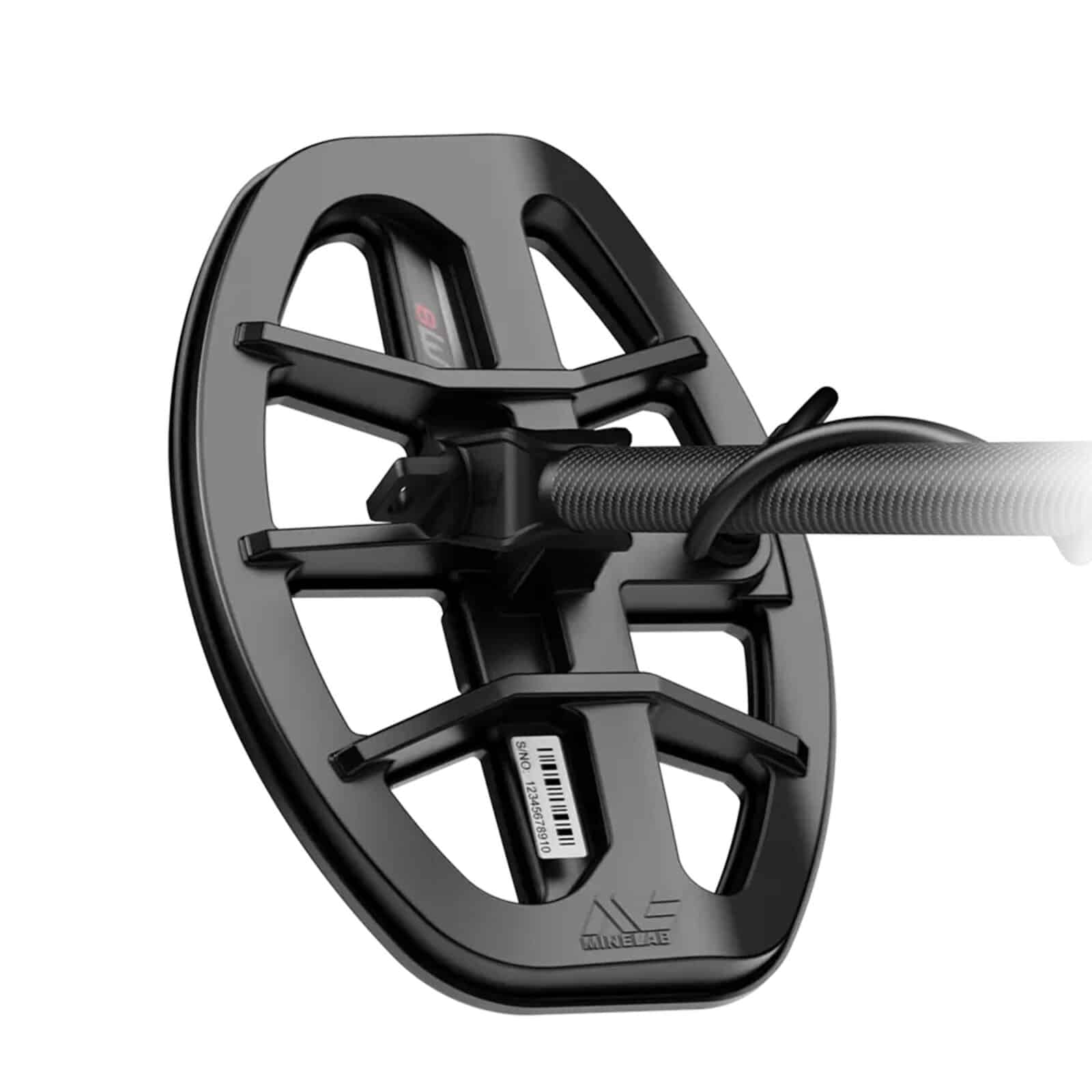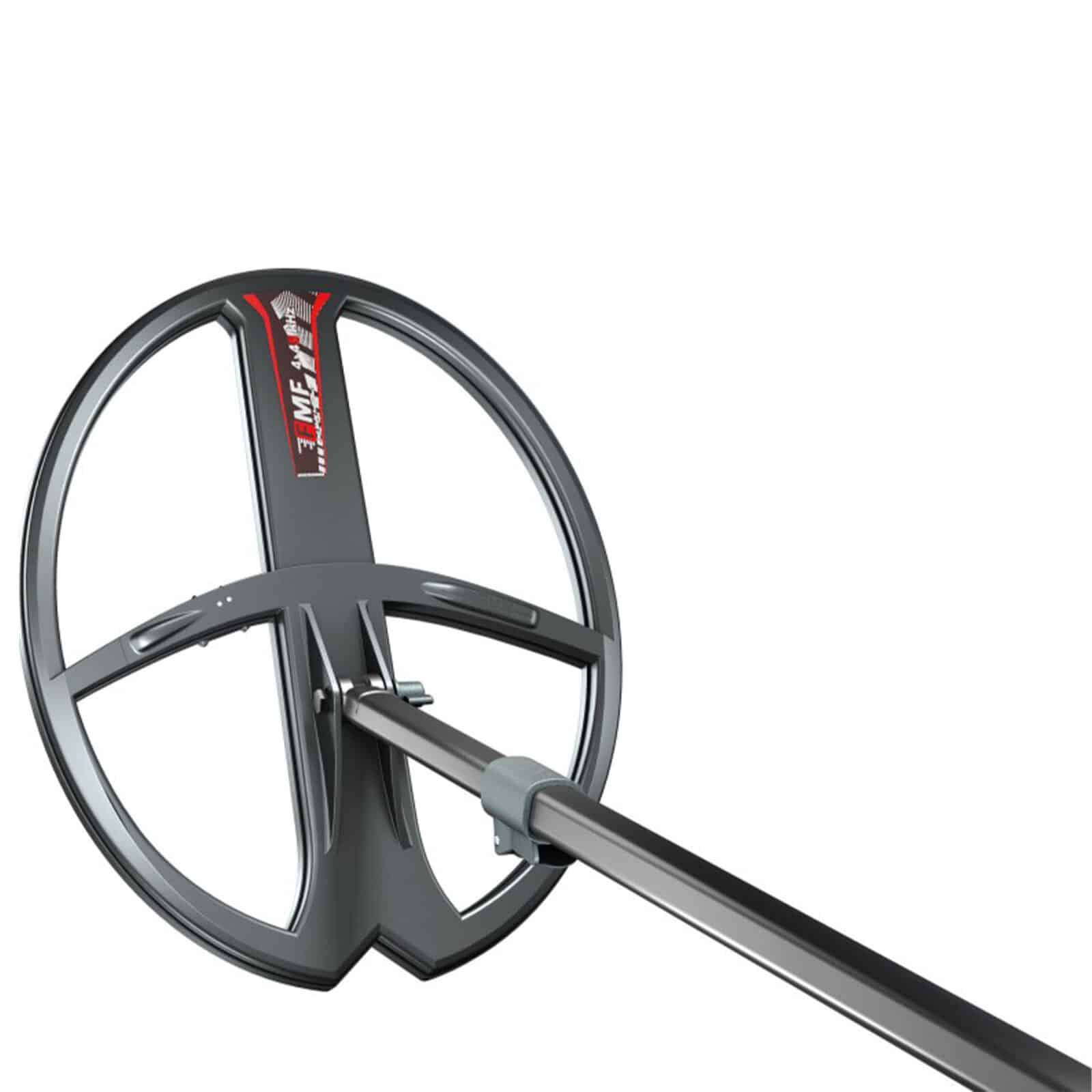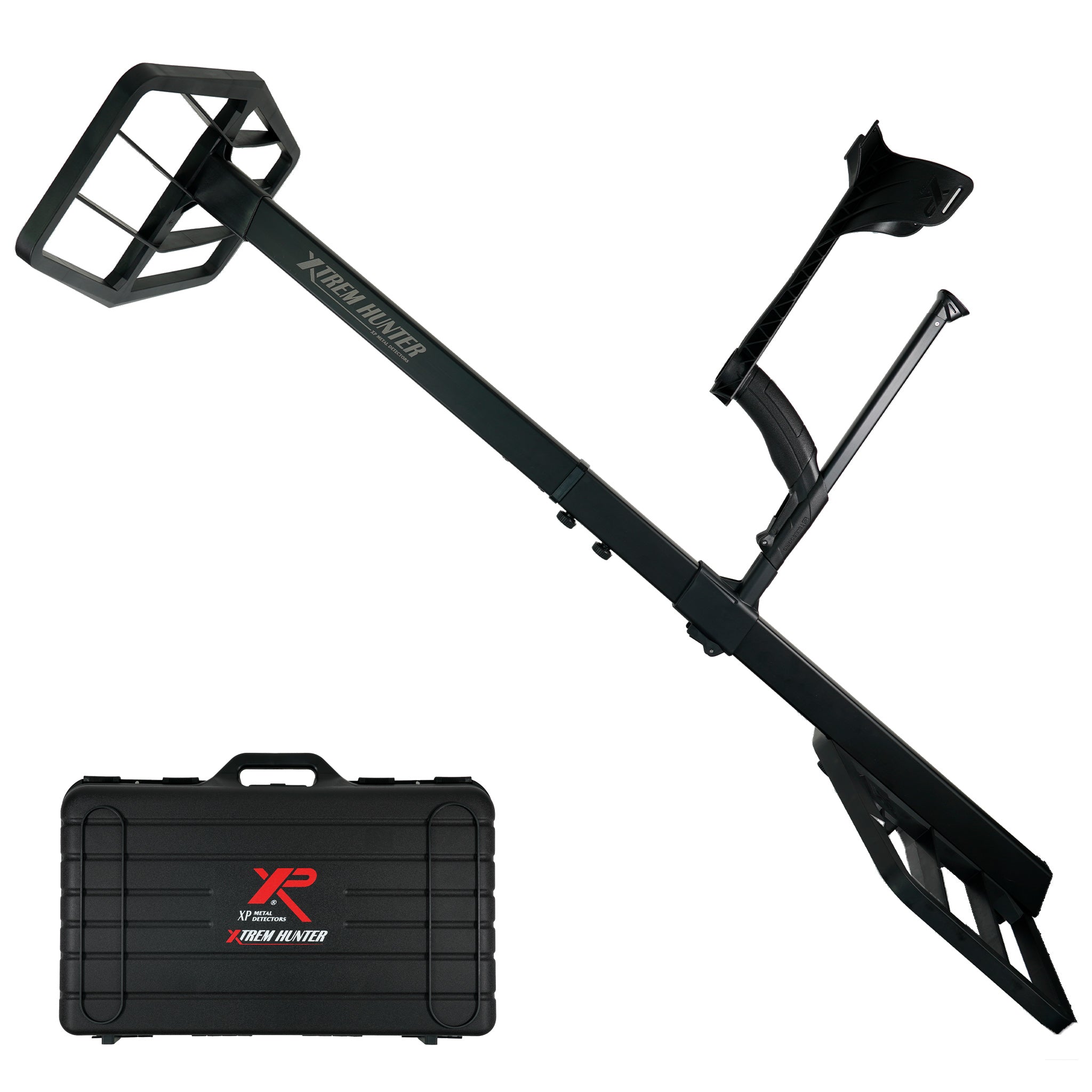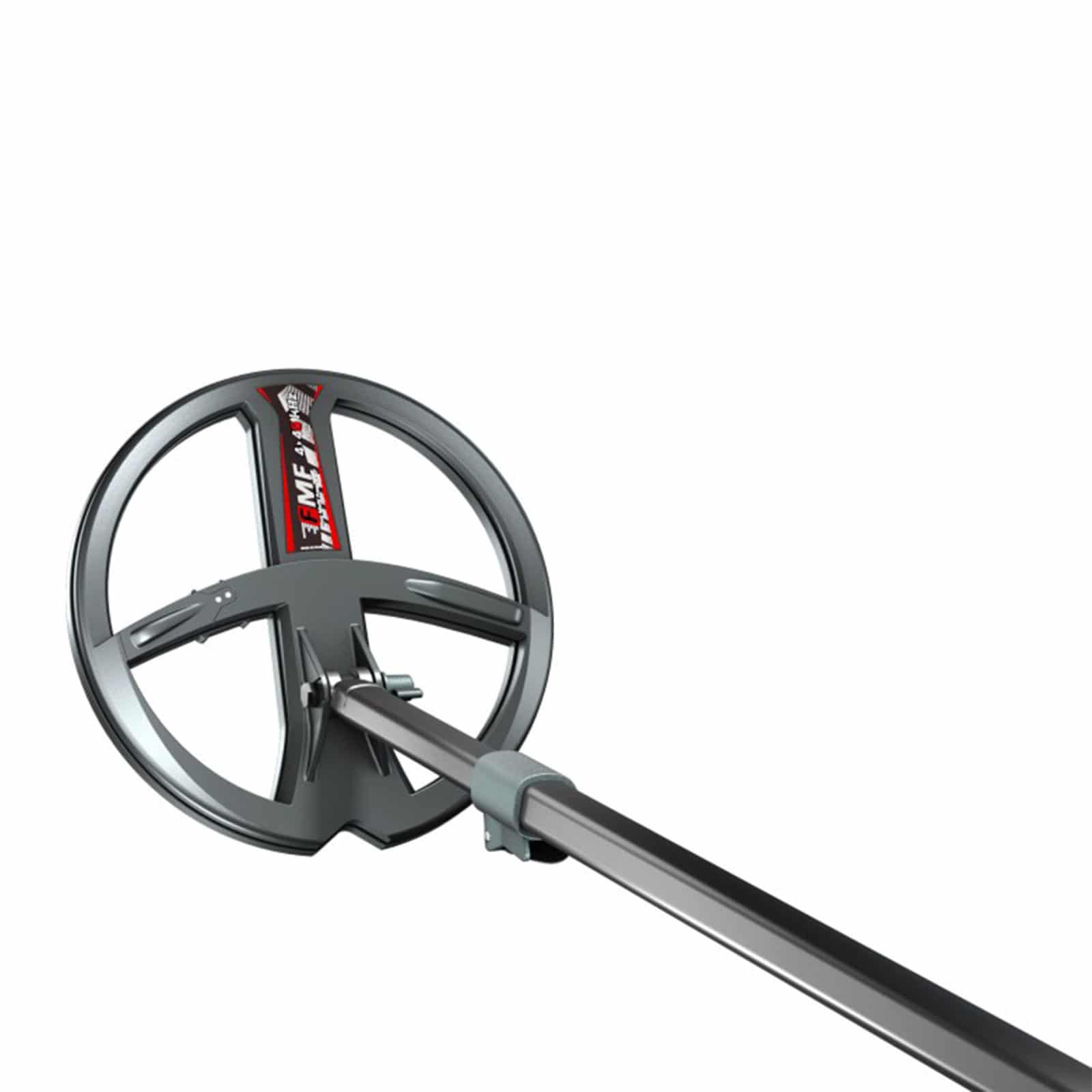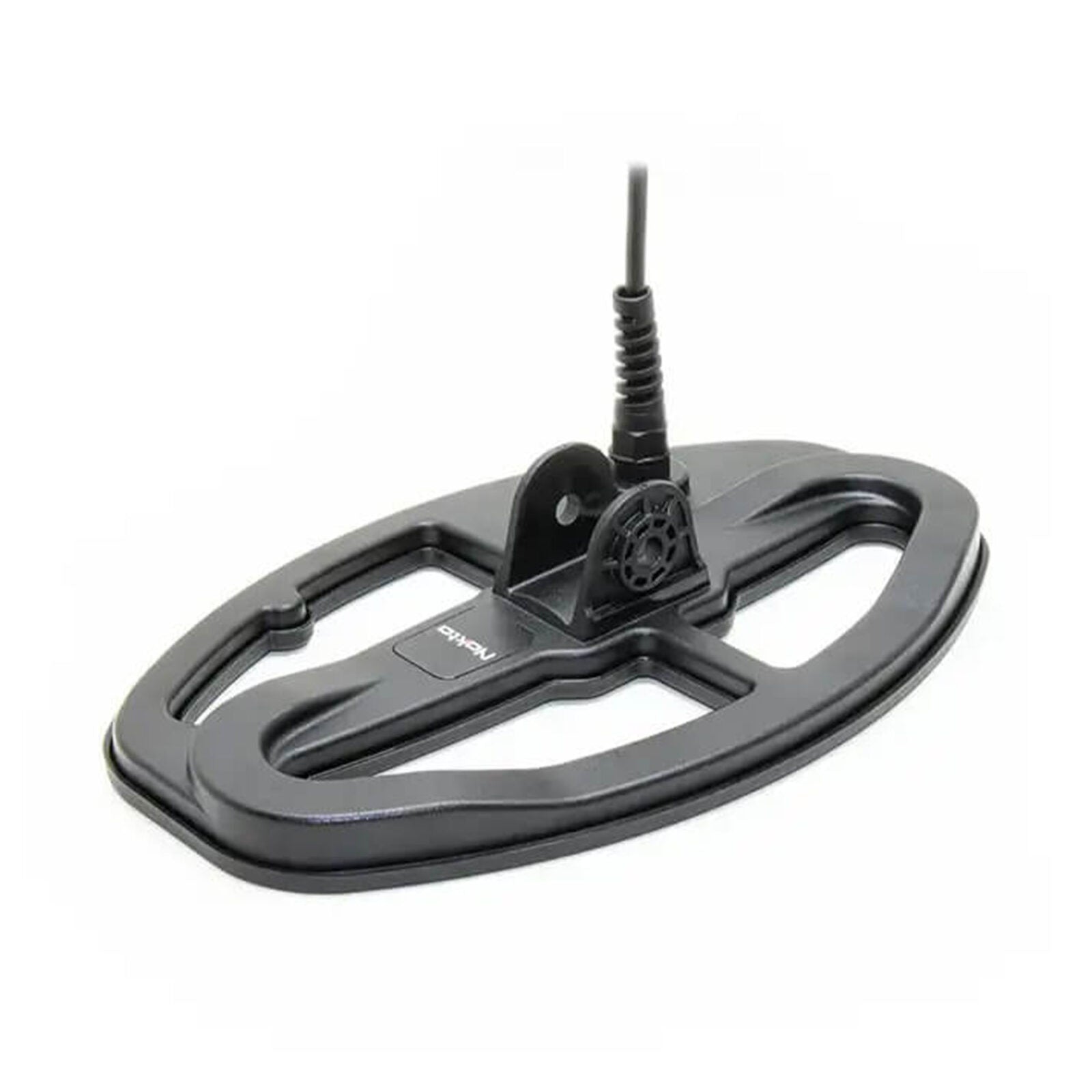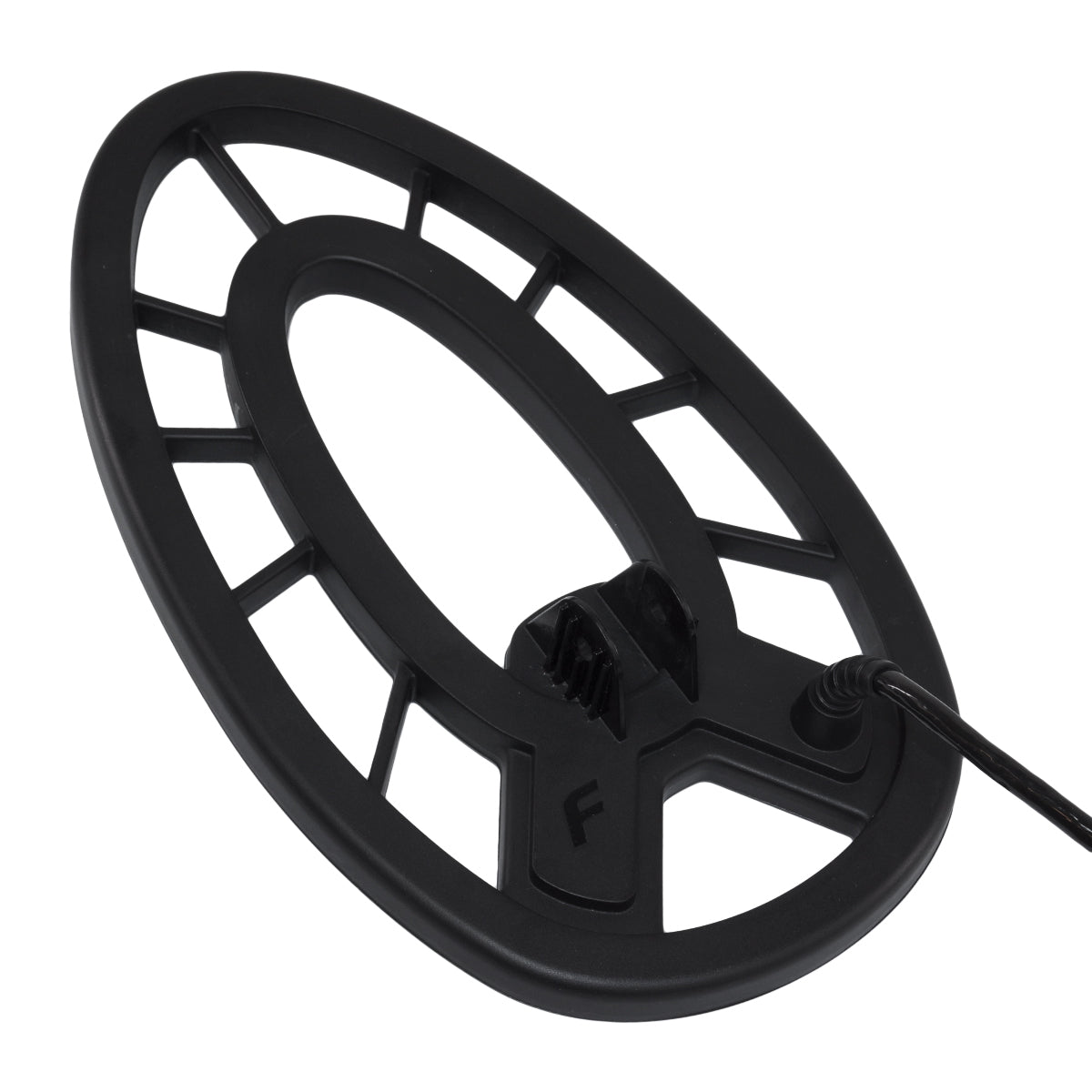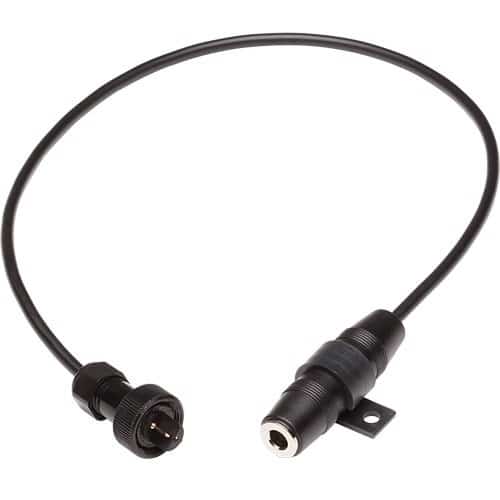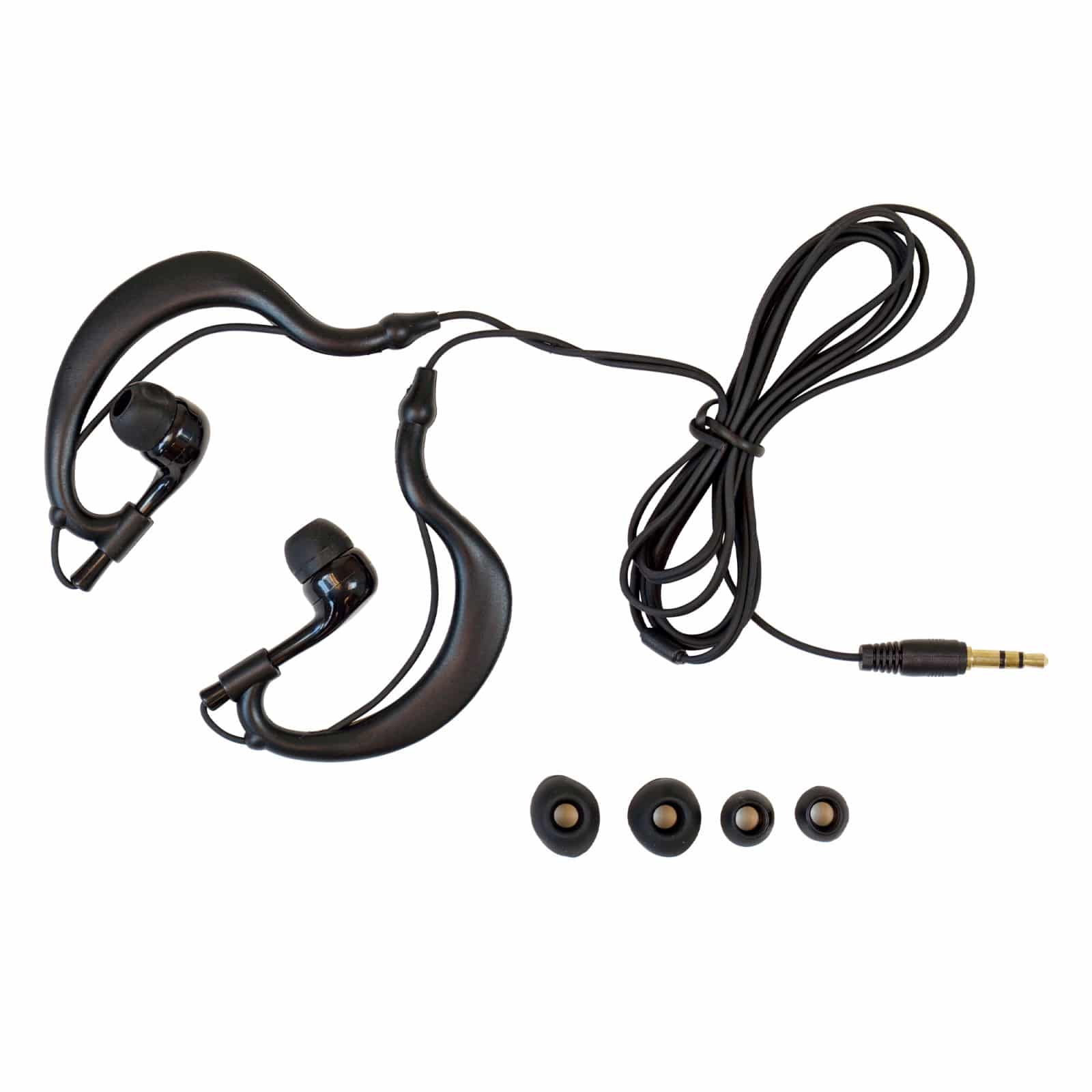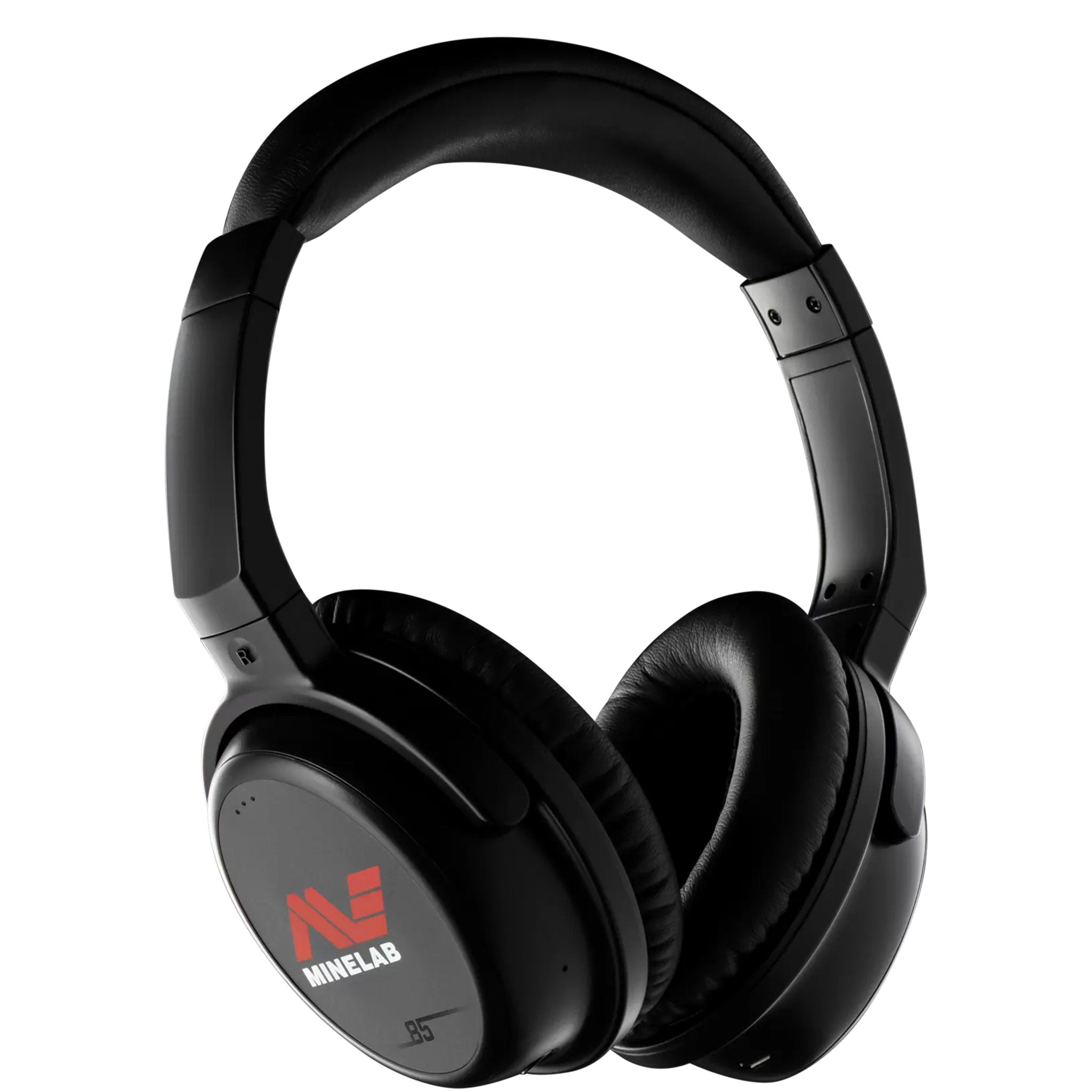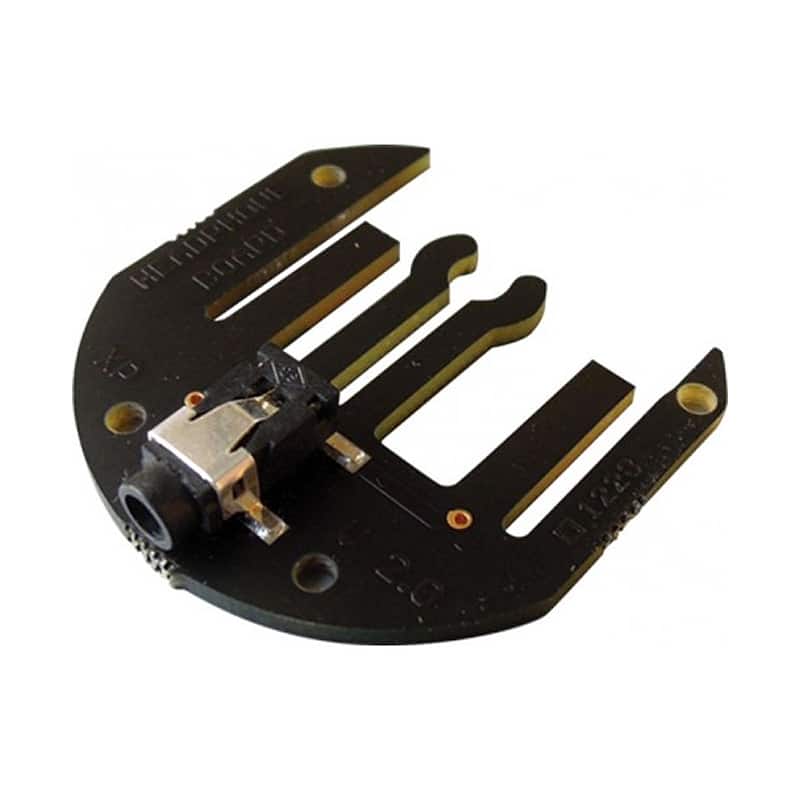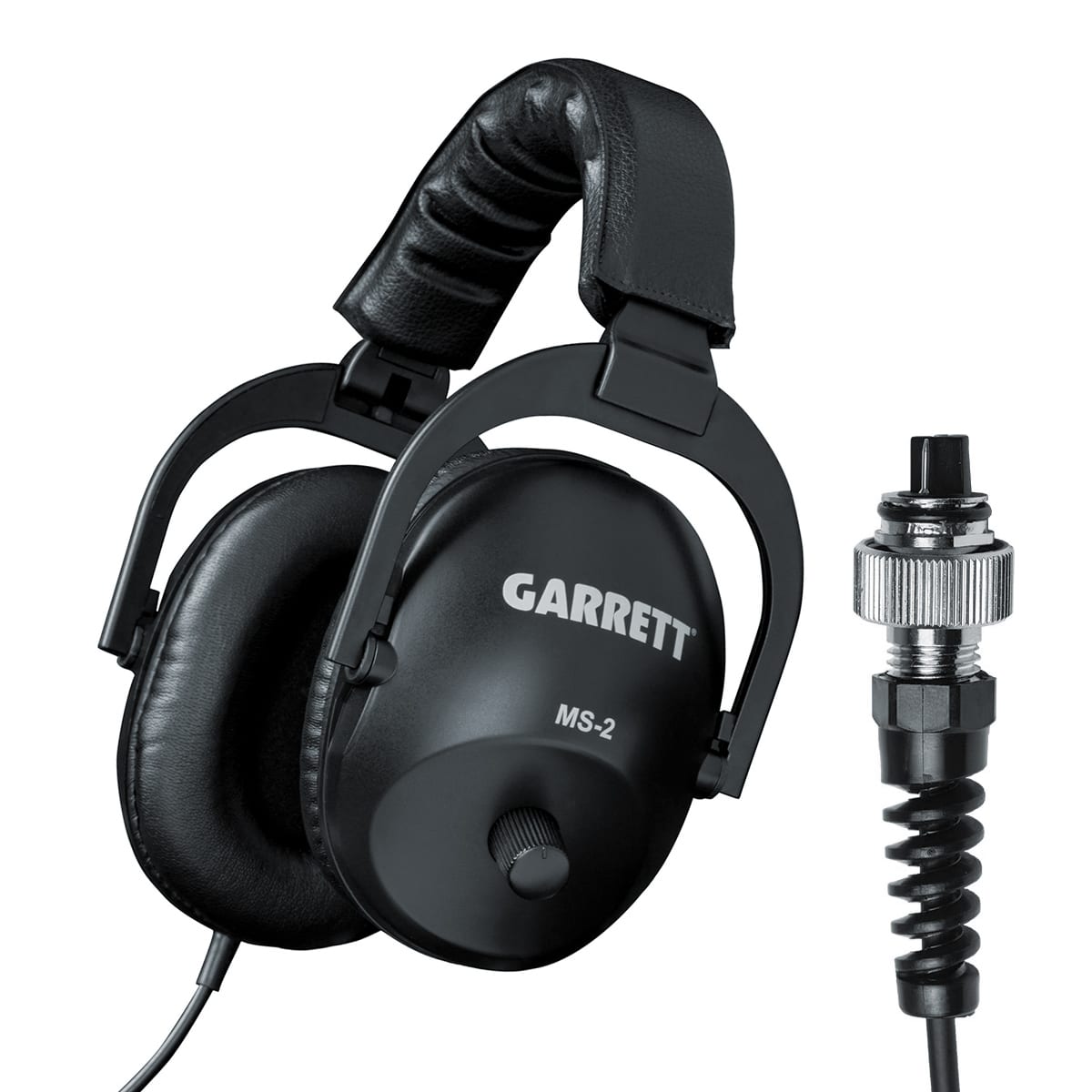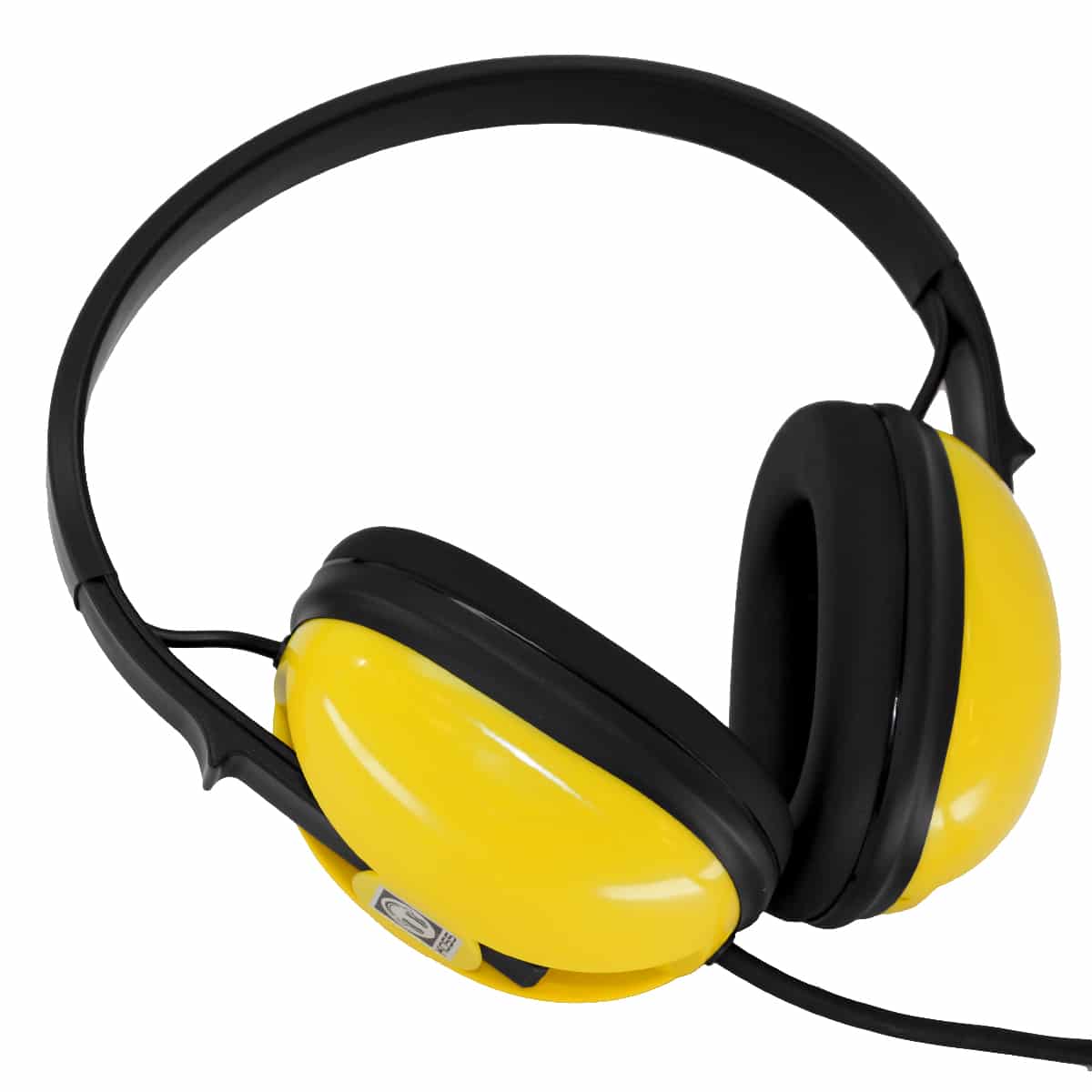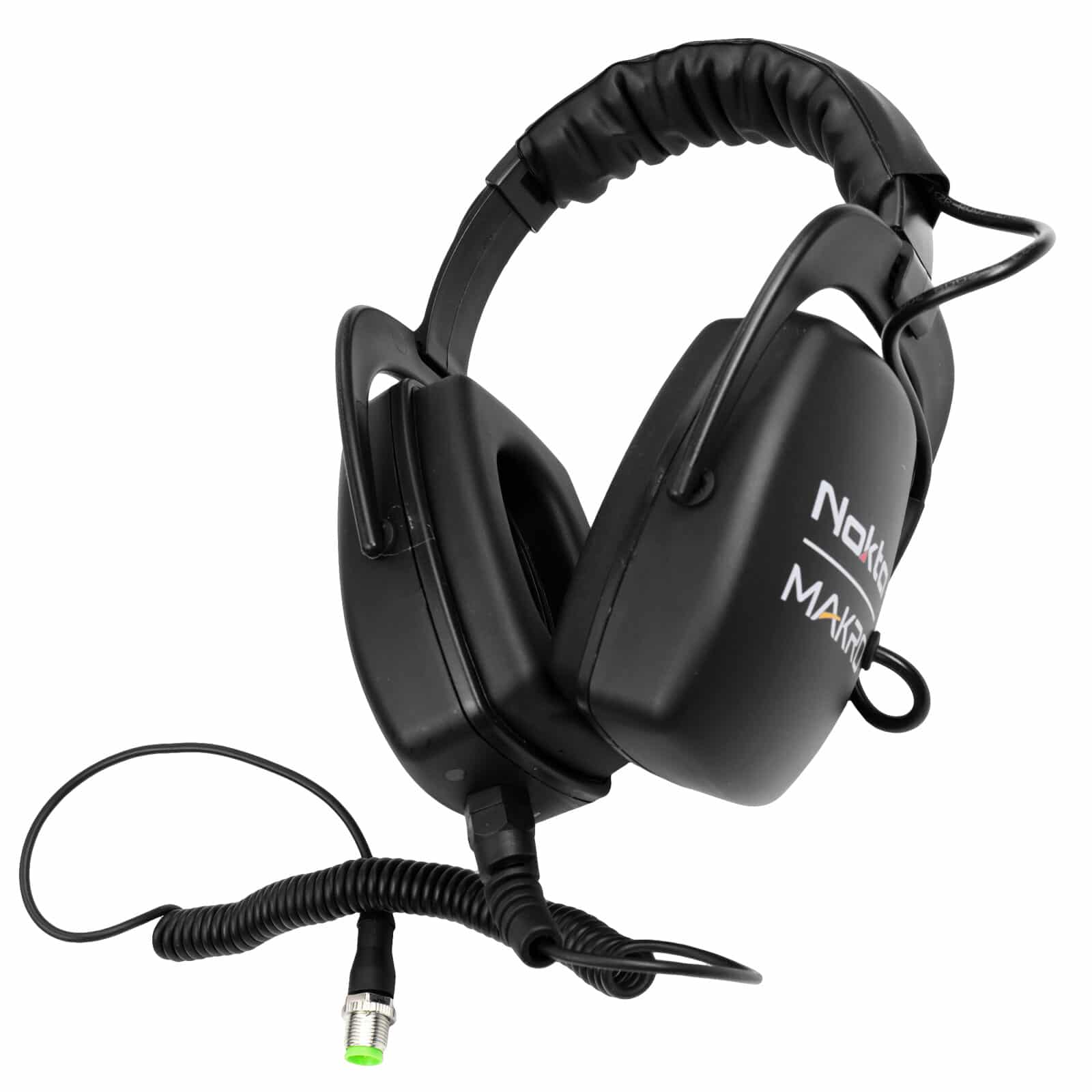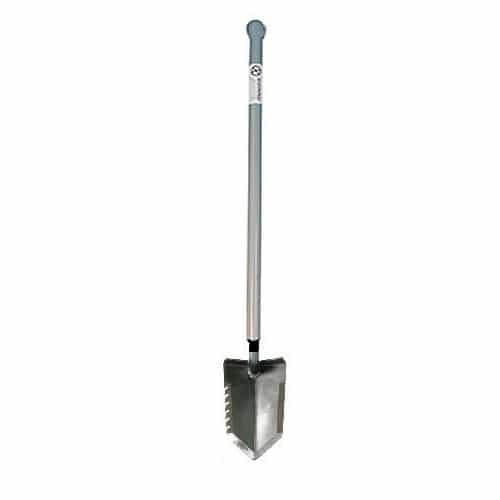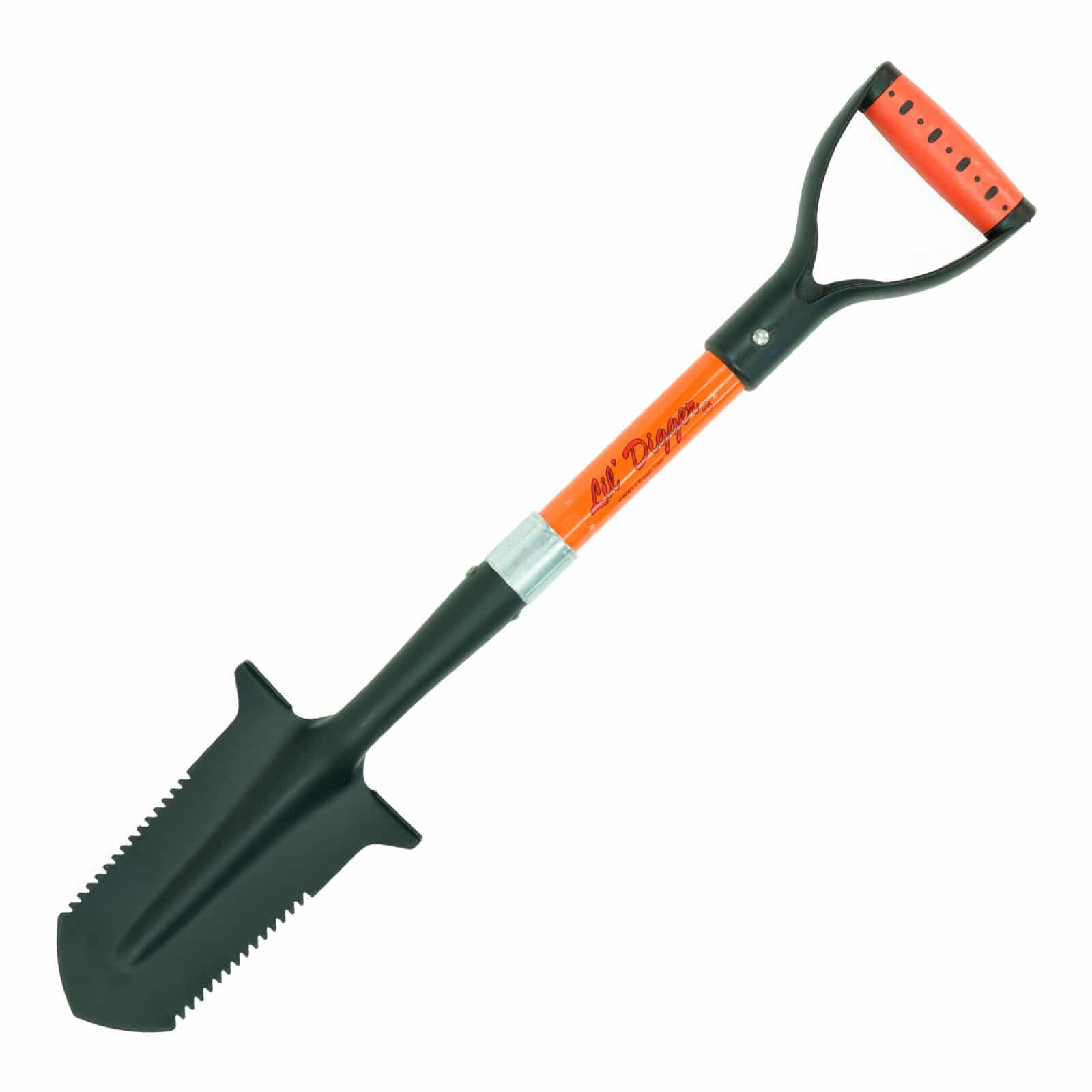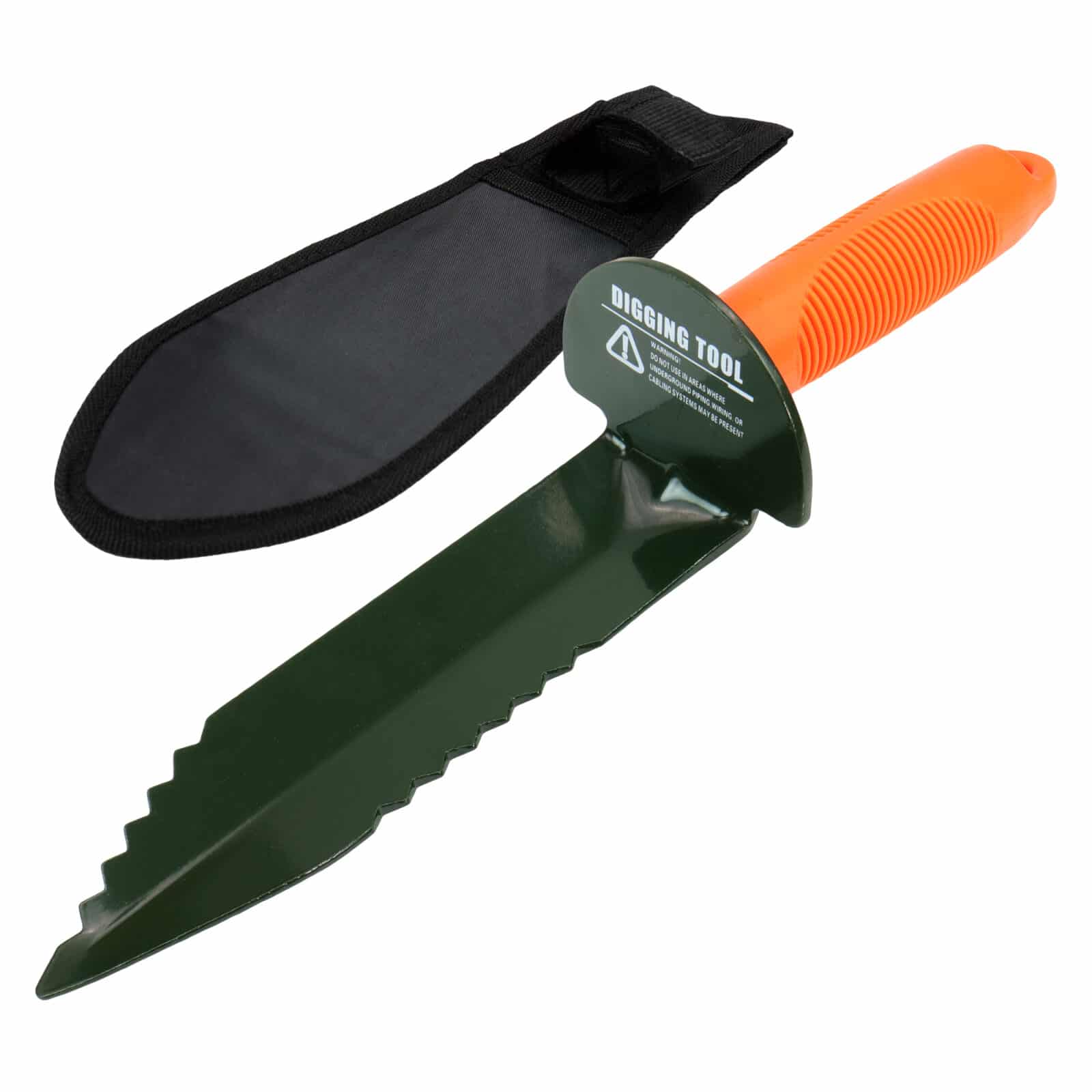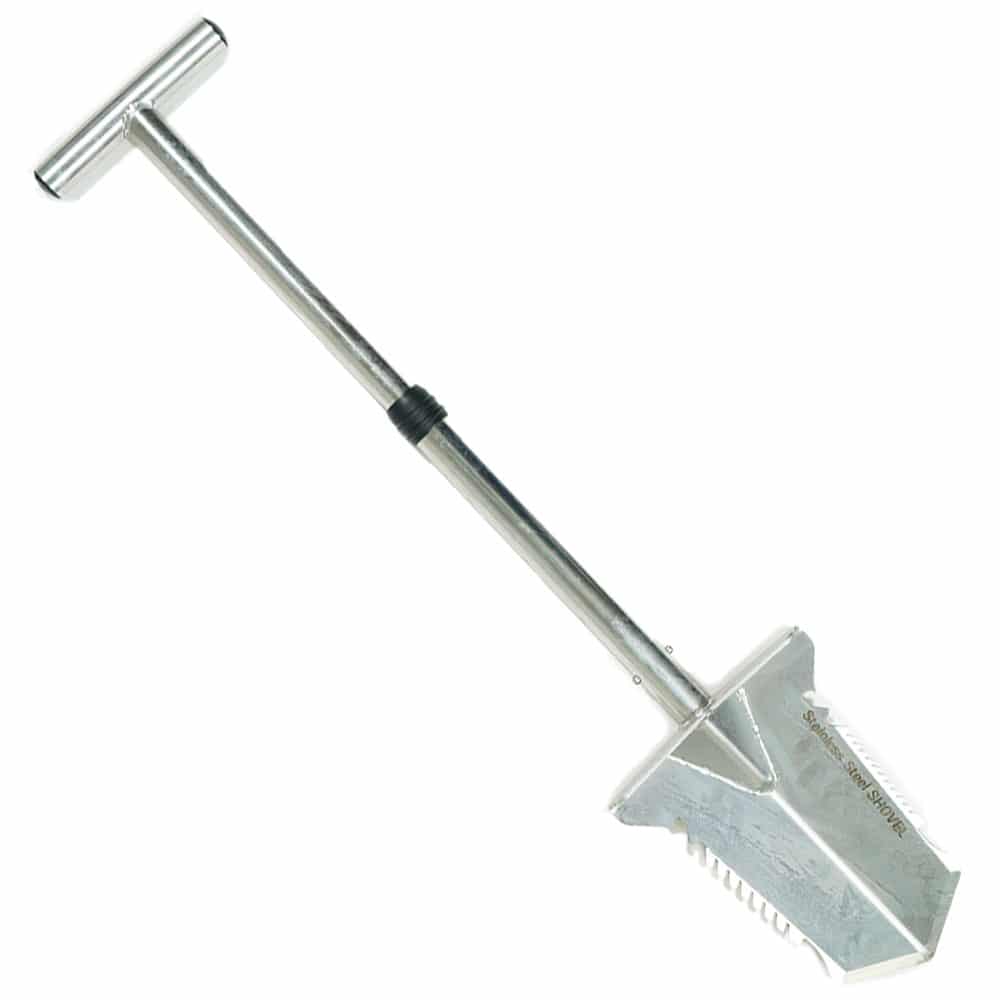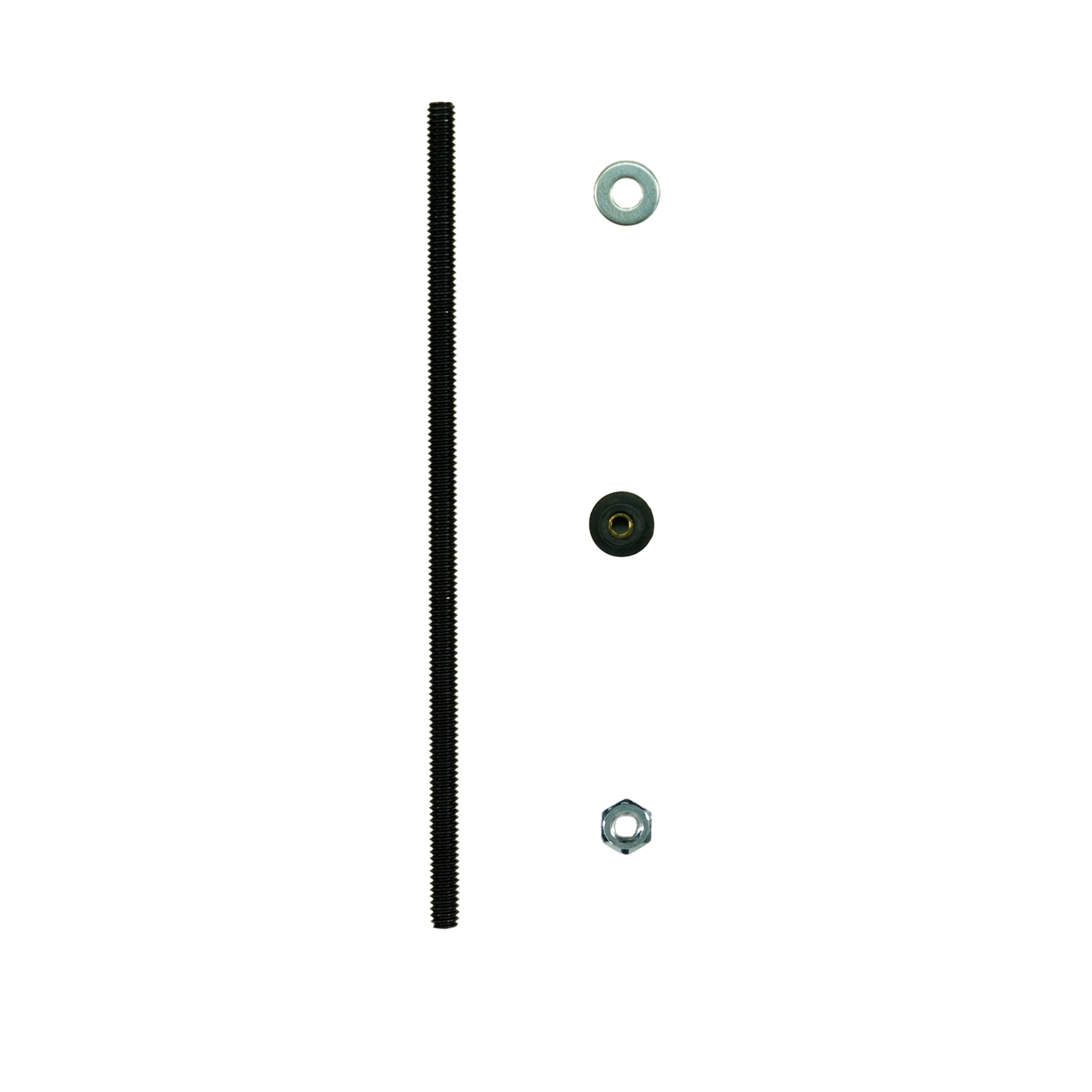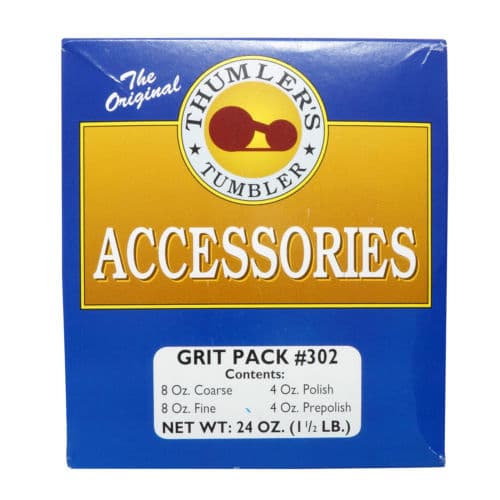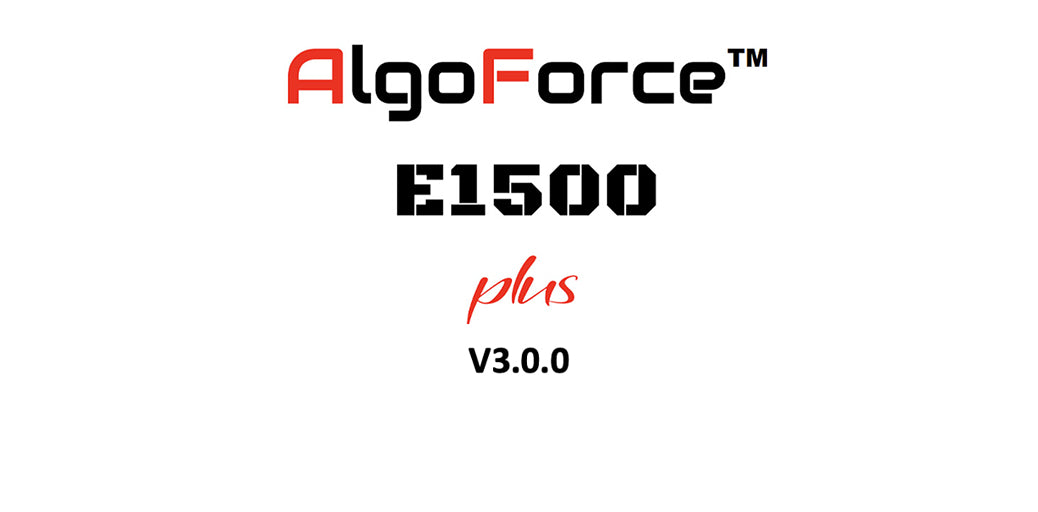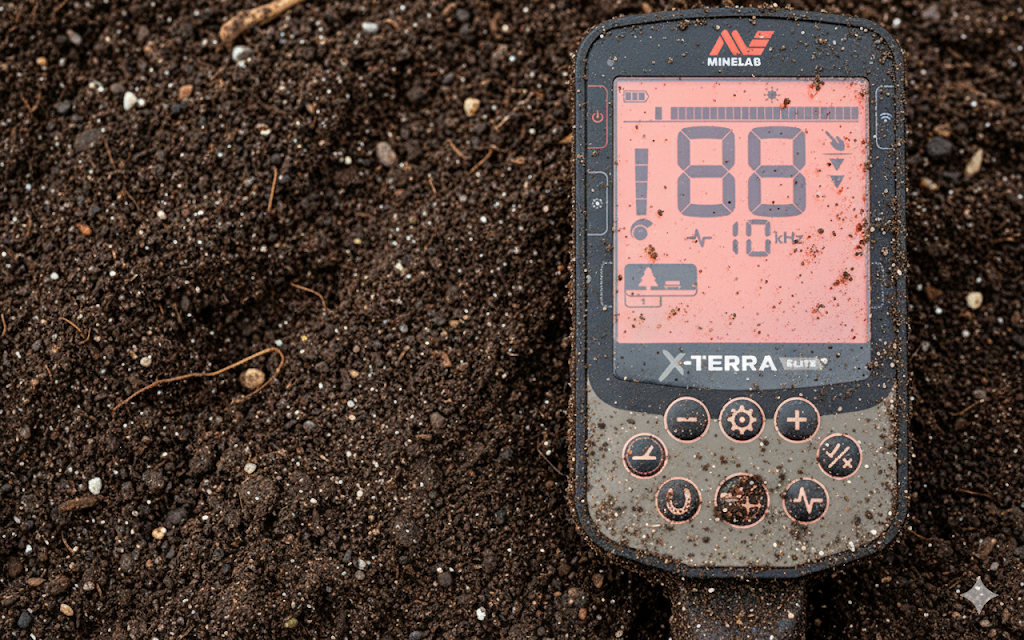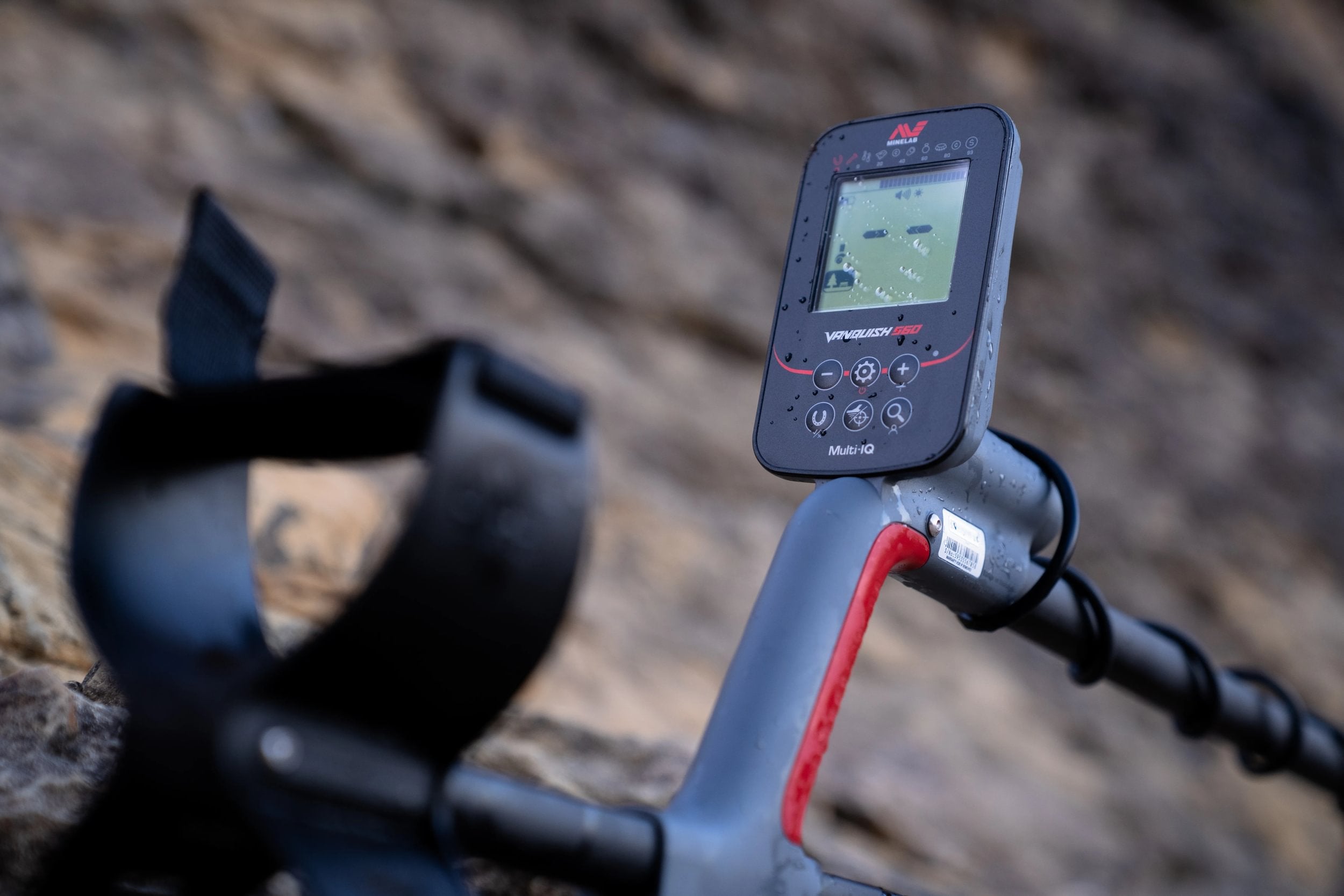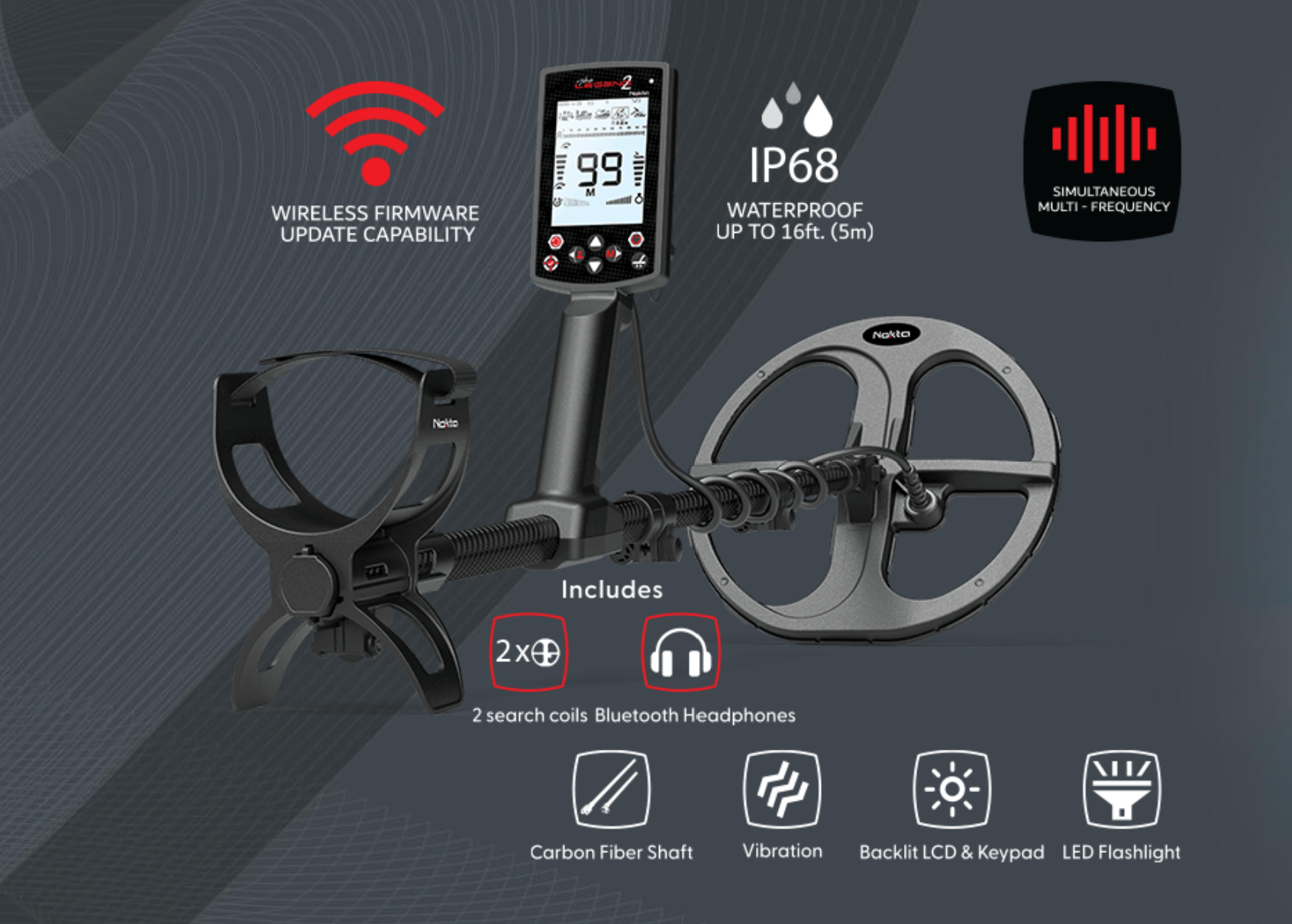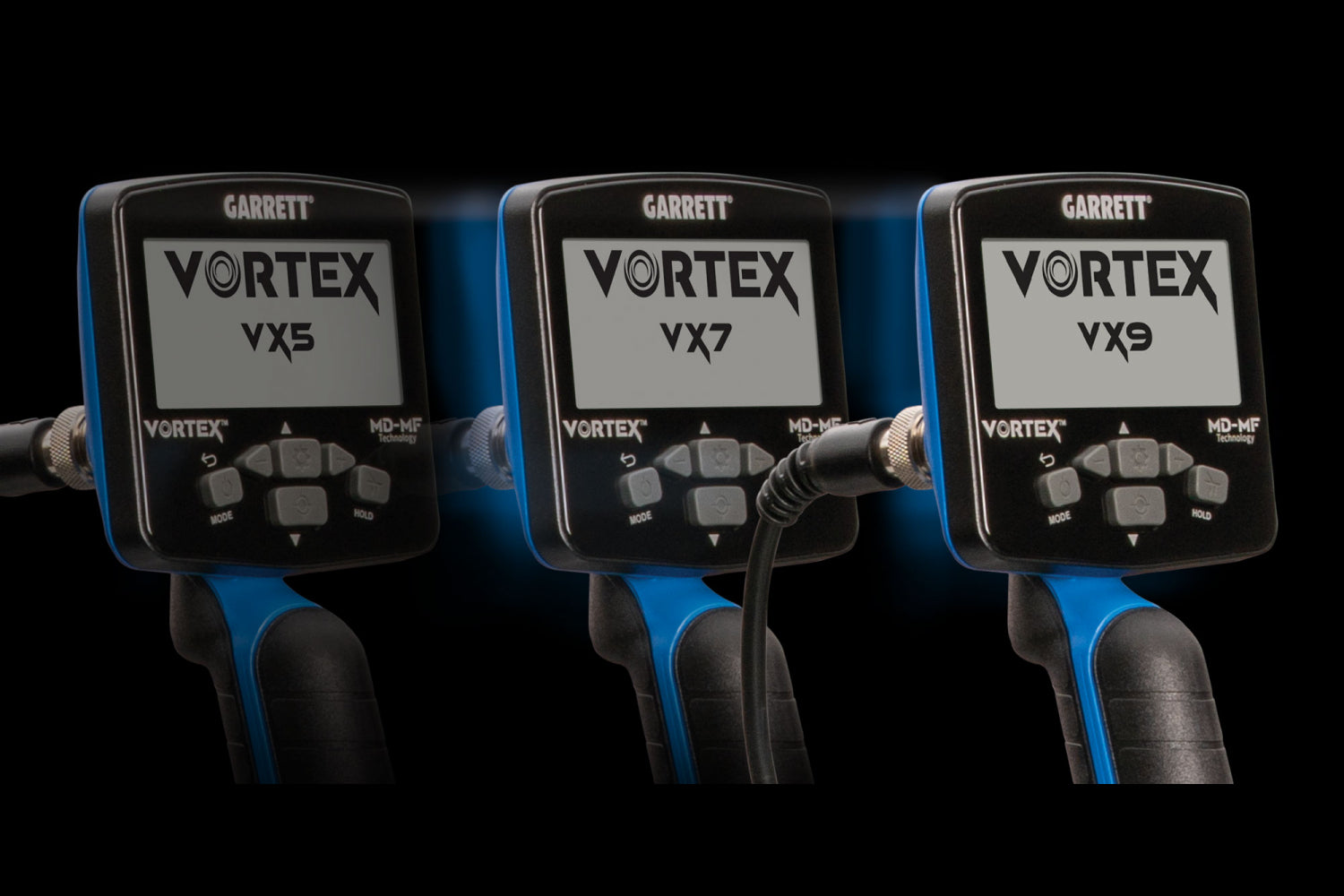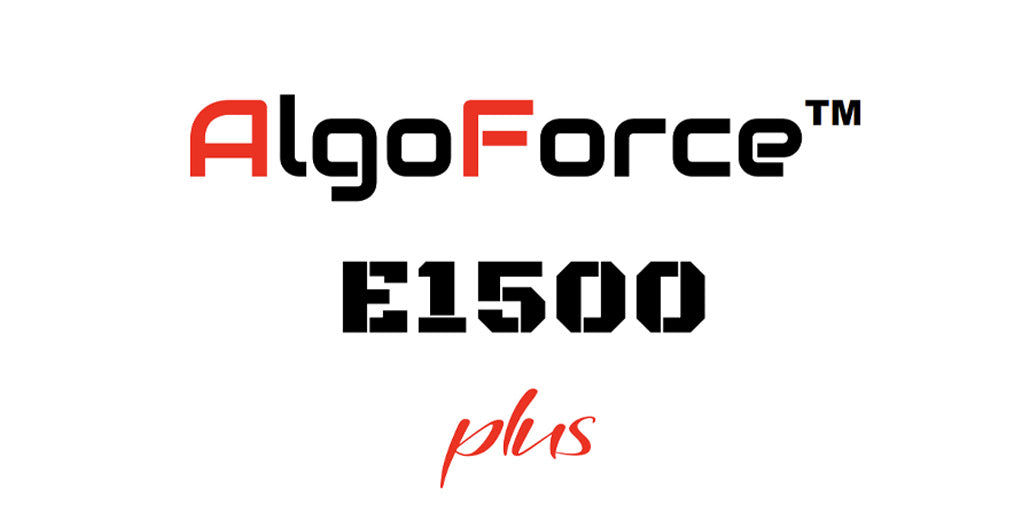If you’re hitting the beach with your Minelab Manticore, understanding the optimal settings is key for success. This guide covers the best settings to maximize your detector’s performance in sandy, mineralized environments, ensuring you pick up valuable targets while minimizing interference.
Minelab Manticore Beach Settings for Success
1. Choose the Right Search Mode
- Mode: Beach Low Conductors
- Purpose: Ideal for finding small, low-conductivity targets, like gold jewelry, in wet sand and saltwater.
- Setting: 4
- Why: Balances target separation and depth, making it effective in mixed beach conditions.
- Theme: Prospecting
- Purpose: Enhances subtle target signals, helping you detect faint or deep items.
- Upper Limit: 4
- Lower Limit: 0
- Effect: Helps distinguish between ferrous (iron) and non-ferrous metals, reducing false signals.
- Start: 24
- Adjust Up to: 28, if stable
- Tip: Higher sensitivity increases detection depth but may add noise. Adjust based on environmental stability.
- Volume: 25
- Ferrous Volume: 25
- Impact: Ensures both ferrous and non-ferrous signals are audible, aiding in accurate target identification.
- Mode: All Metal, no notches
- Advantage: Processes all signals, providing comprehensive feedback on potential targets.
- Distance Above Sand: 0.39 inches / 1 cm
- How: Balance the coil near the water’s edge to adapt to beach mineralization.
- Noise Cancel: Upper left button
- Ground Balance: Upper right button
- Iron Audio: Sidebar button
Tips for Optimal Beach Detecting with the Manticore
Beach detecting requires adaptability to shifting conditions. With these settings and techniques, the Minelab Manticore will be fine-tuned to find hidden treasures beneath the sand, from coins to jewelry and beyond.
Final Thoughts on Beach Detecting with the Minelab Manticore
Using the correct settings on your Minelab Manticore can dramatically improve your beach detecting results. Remember, slight adjustments may be needed based on local conditions, but this guide provides a solid starting point for most beach environments.


